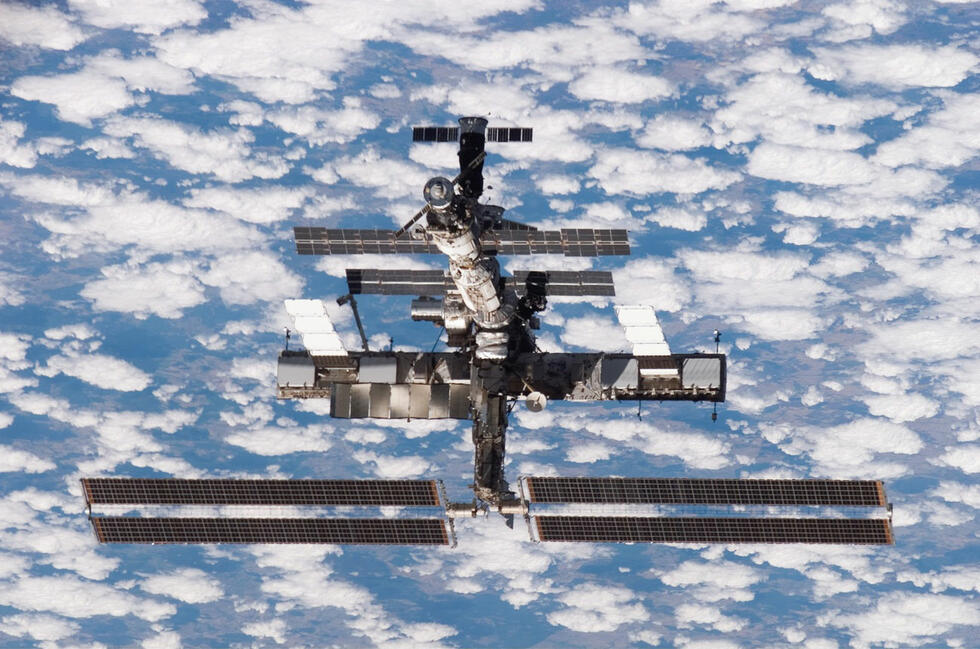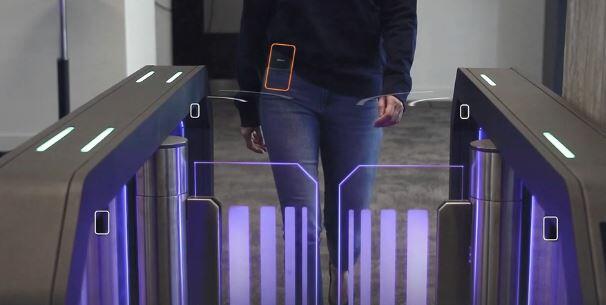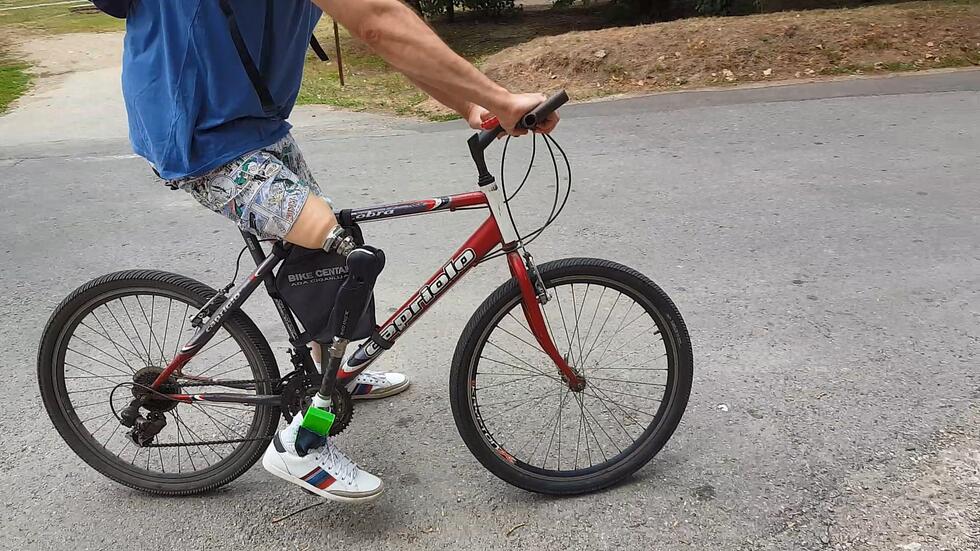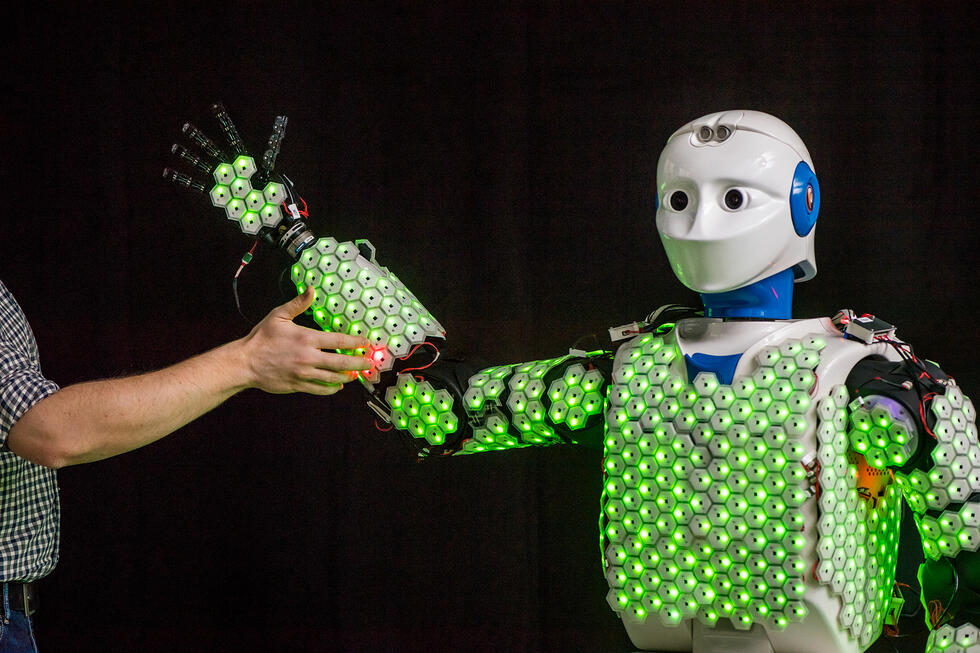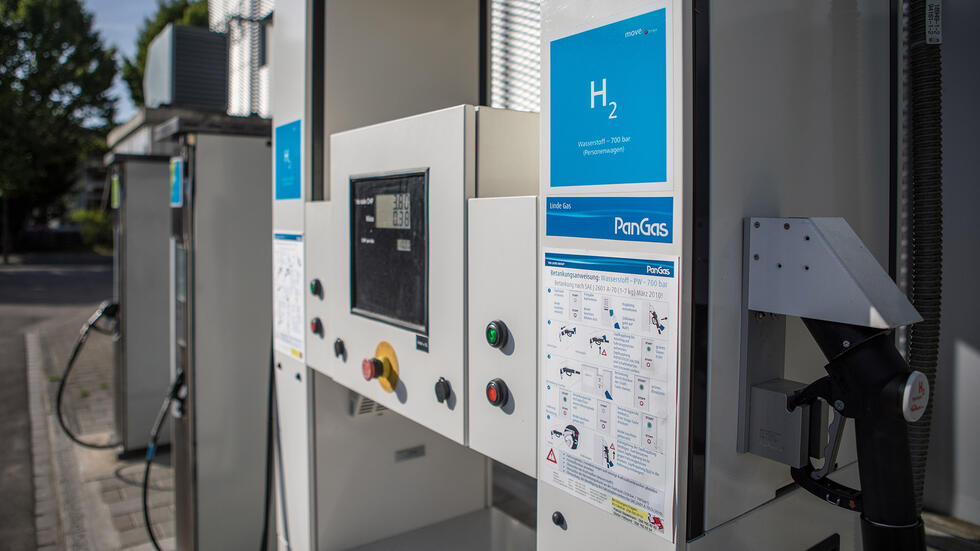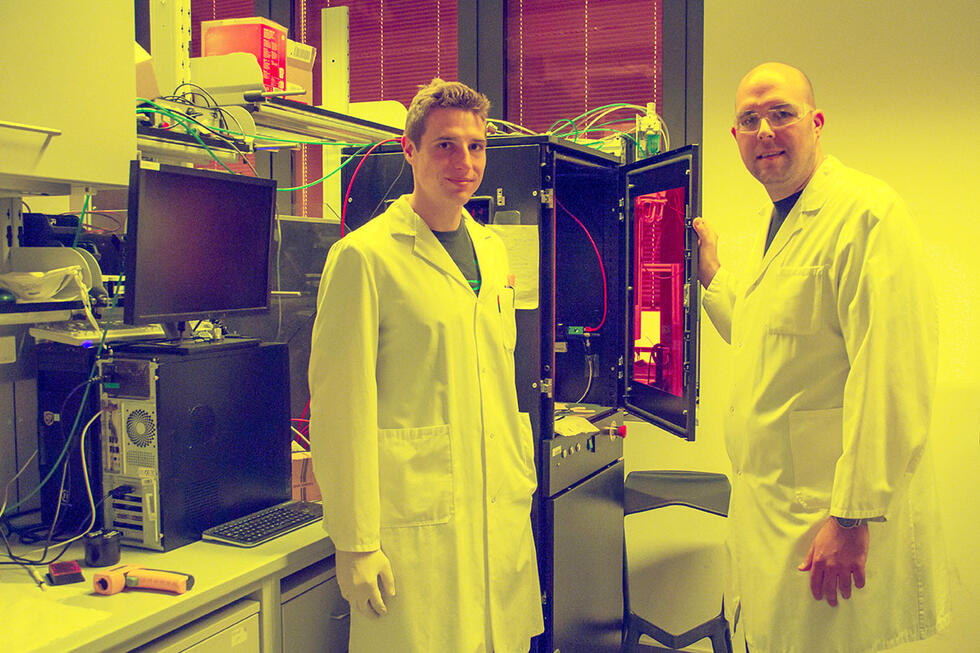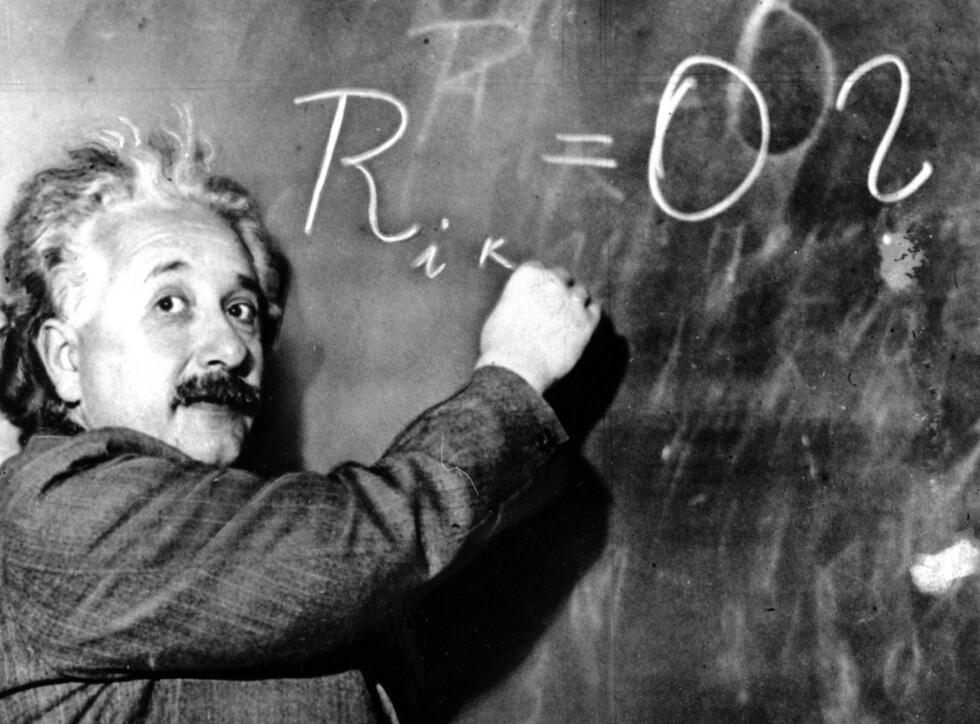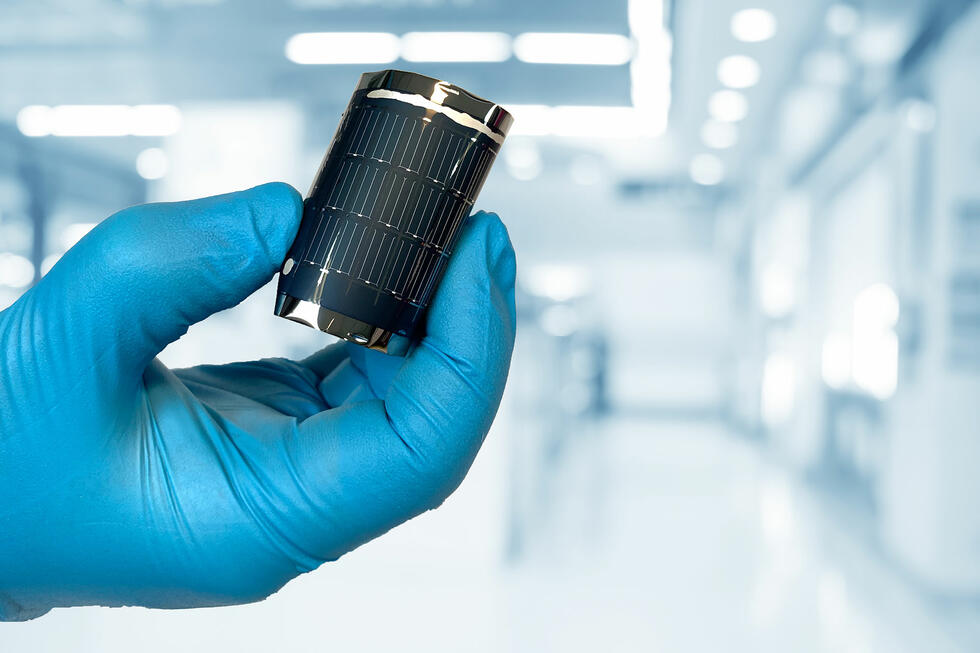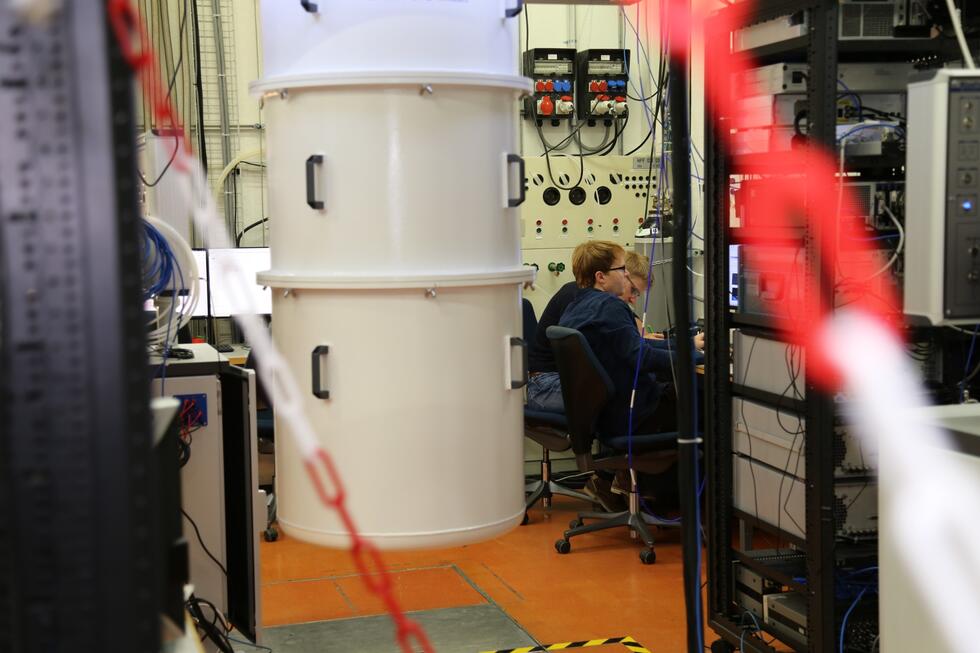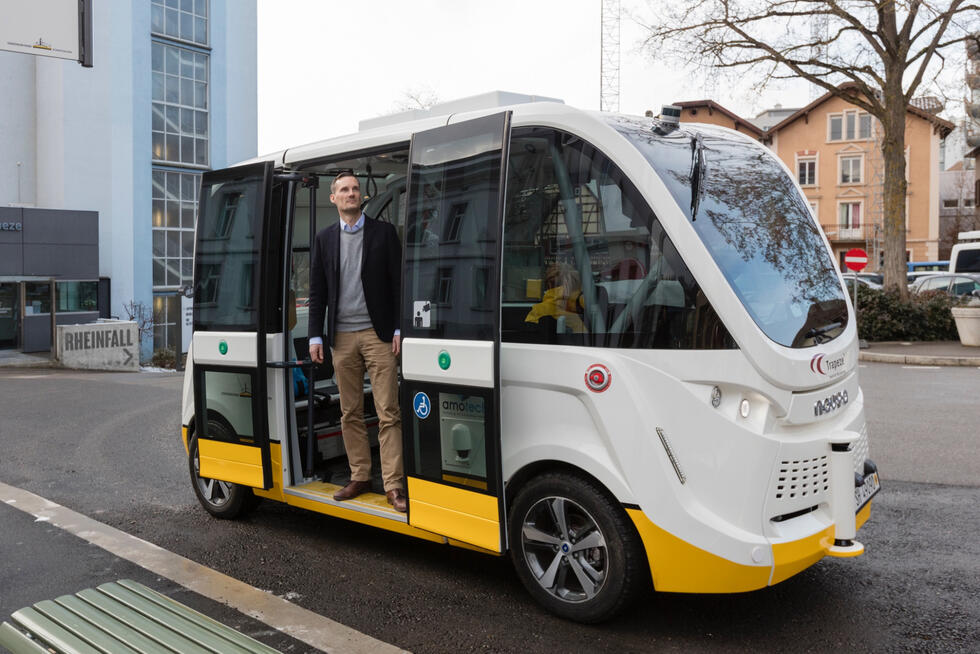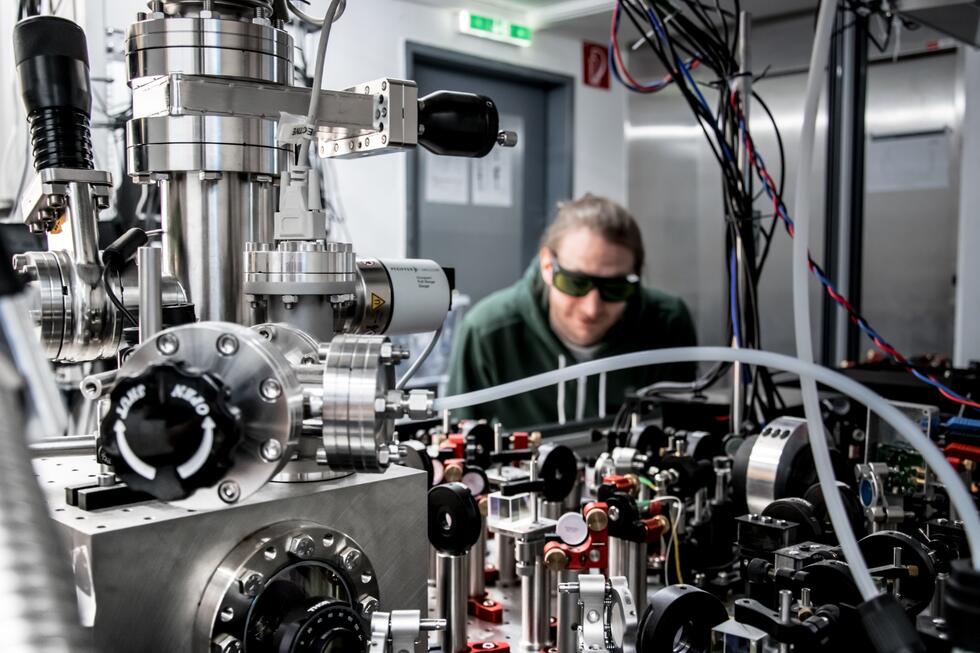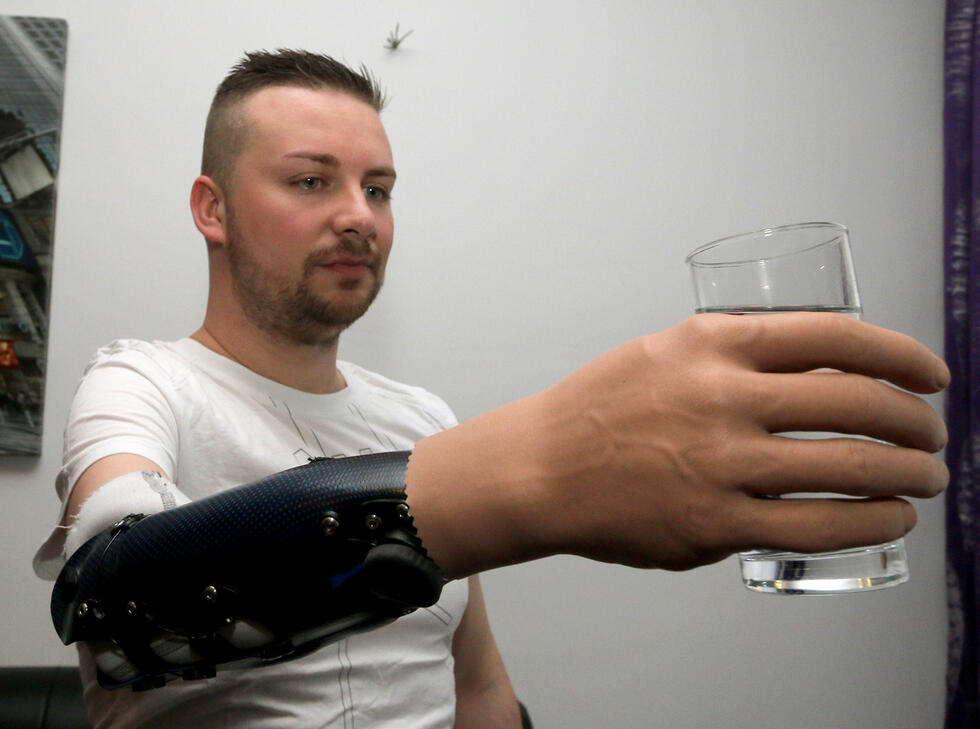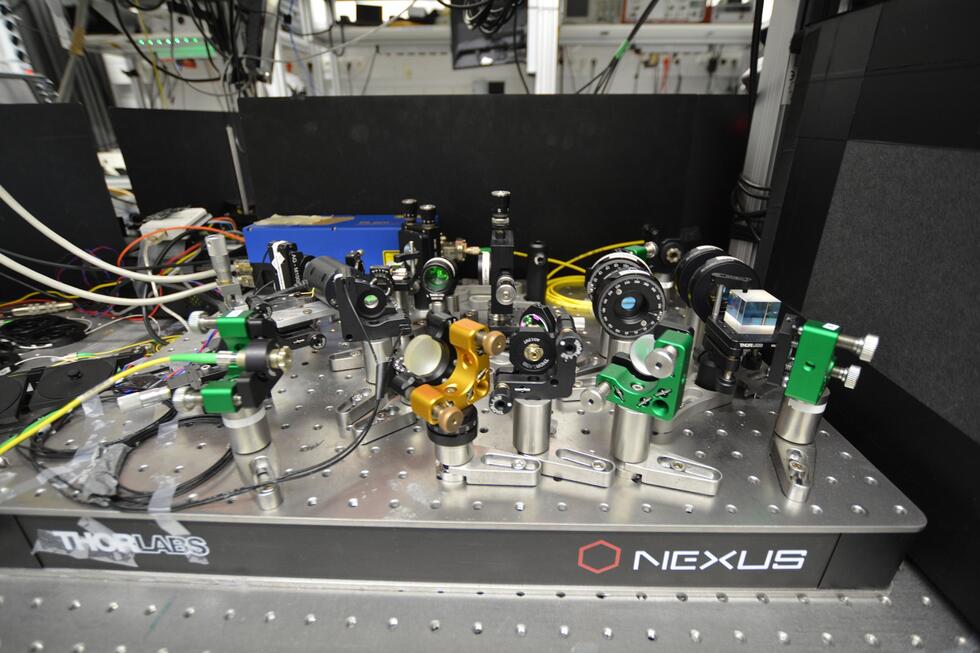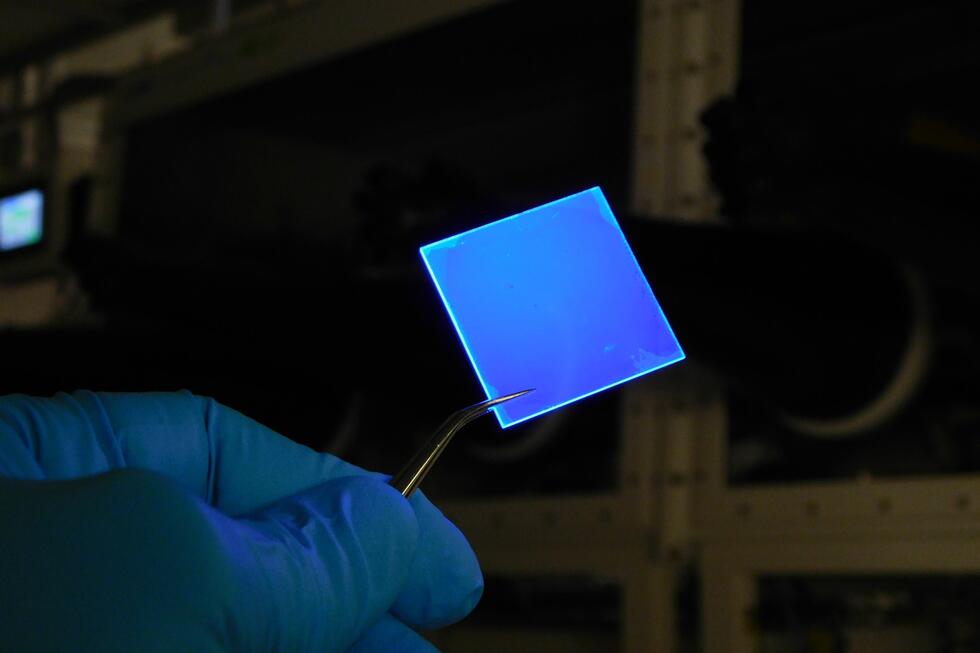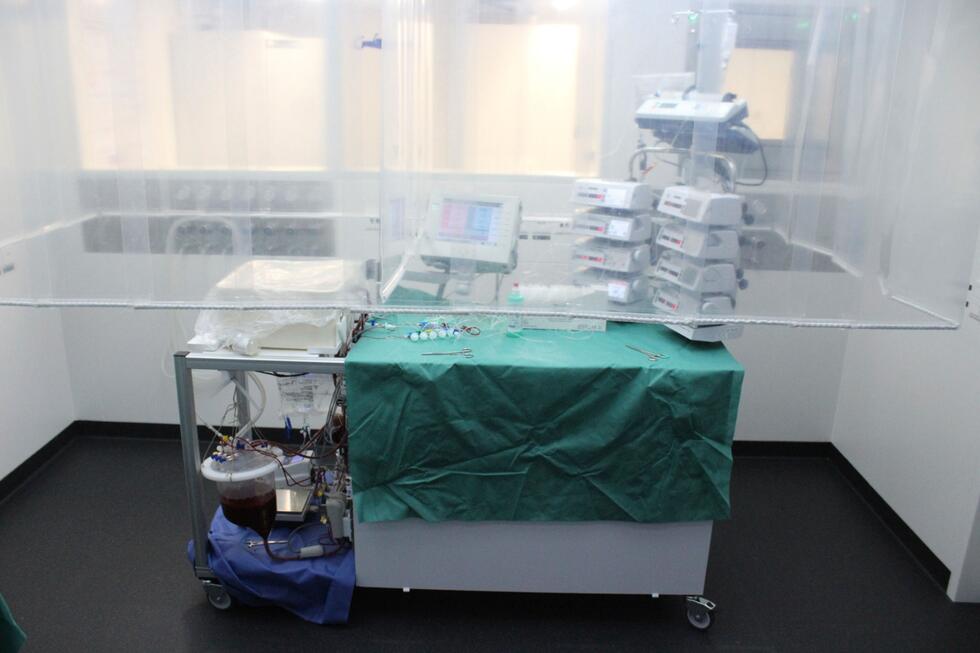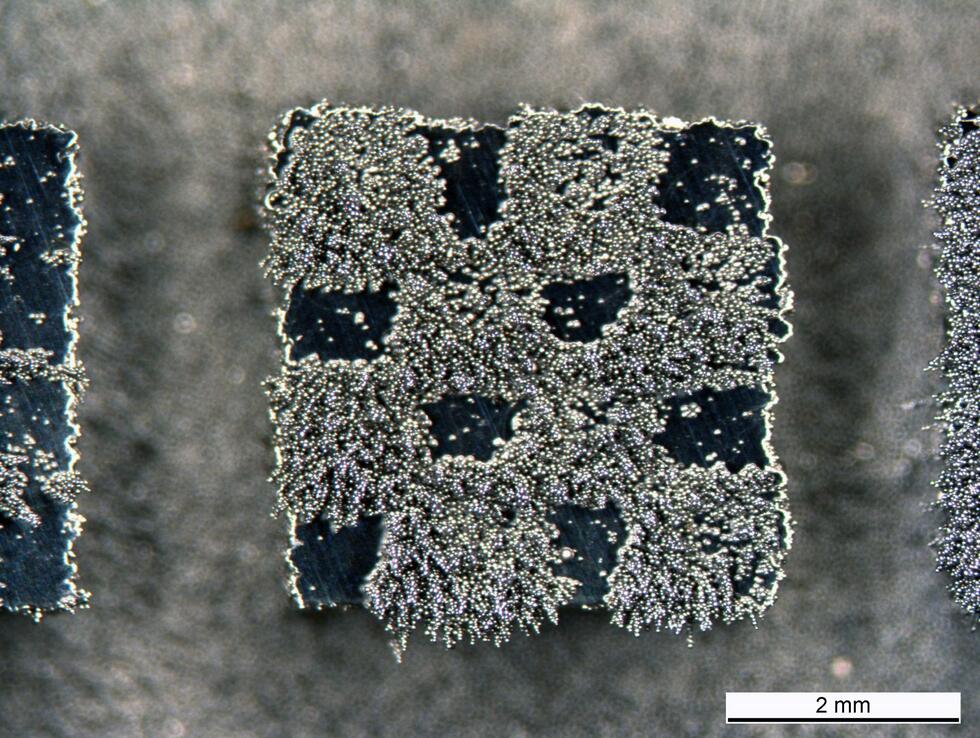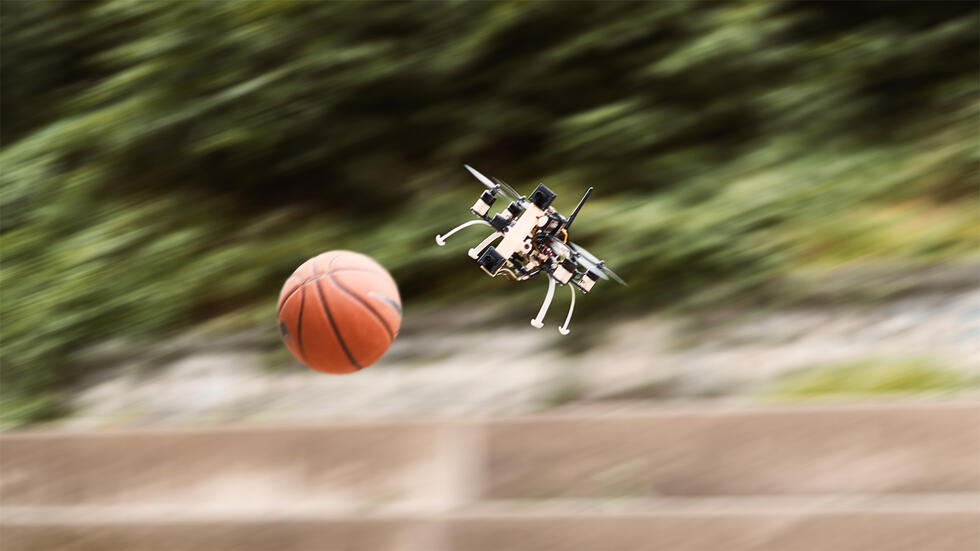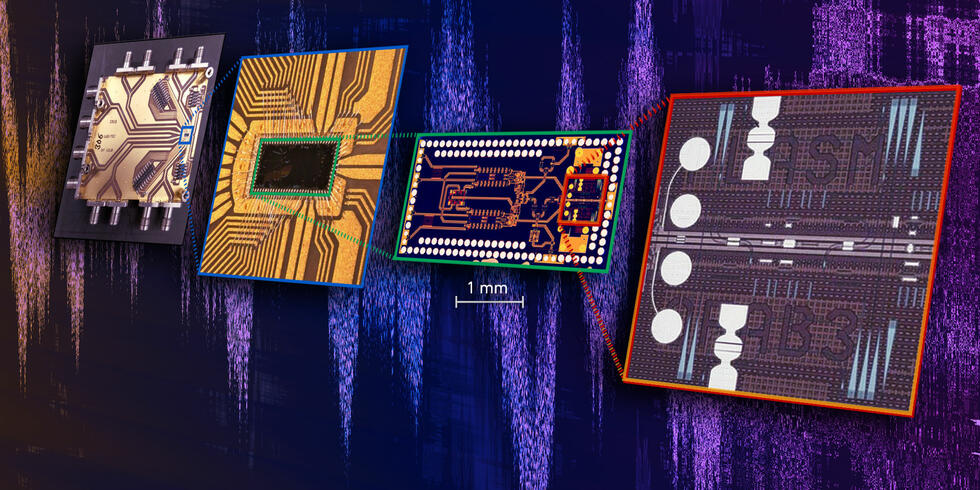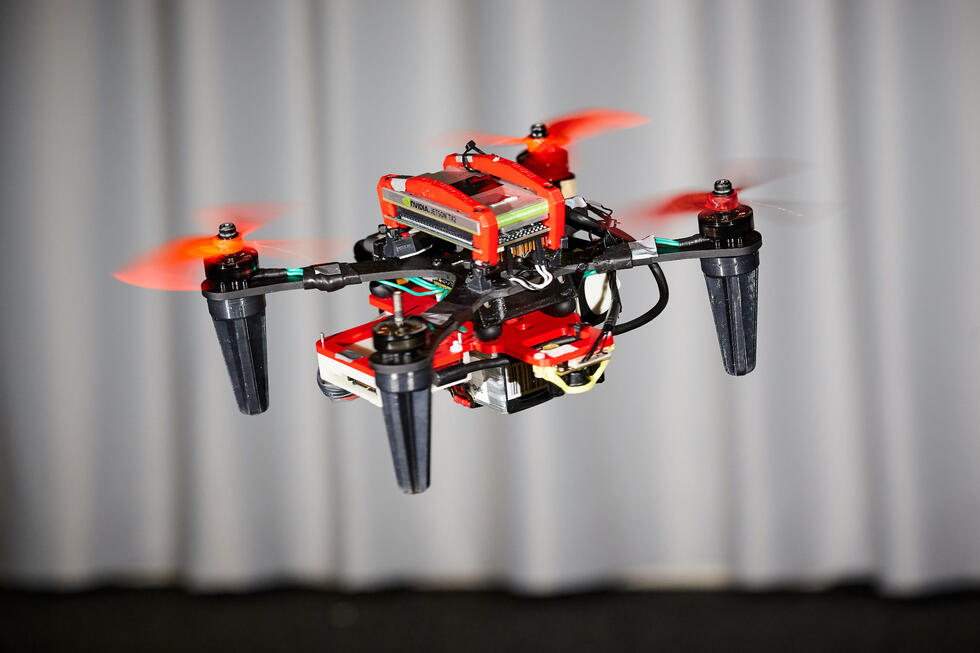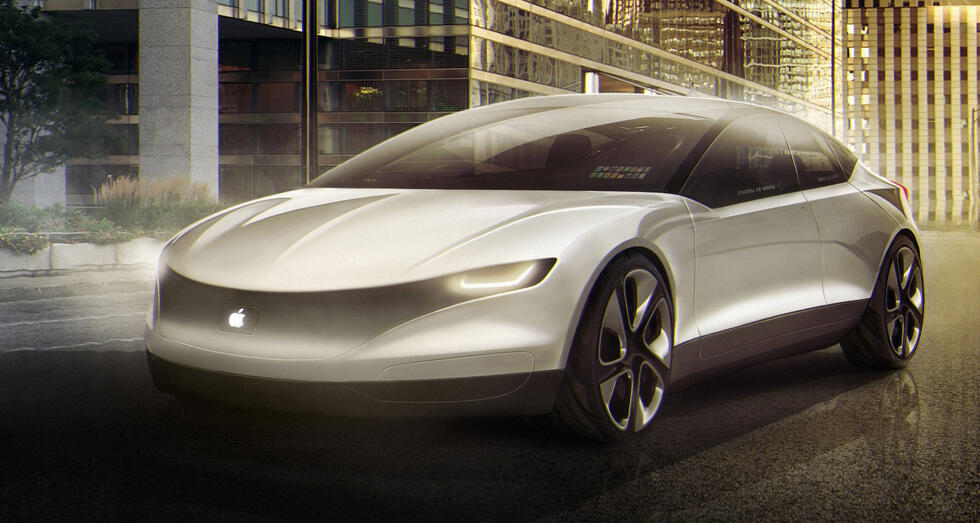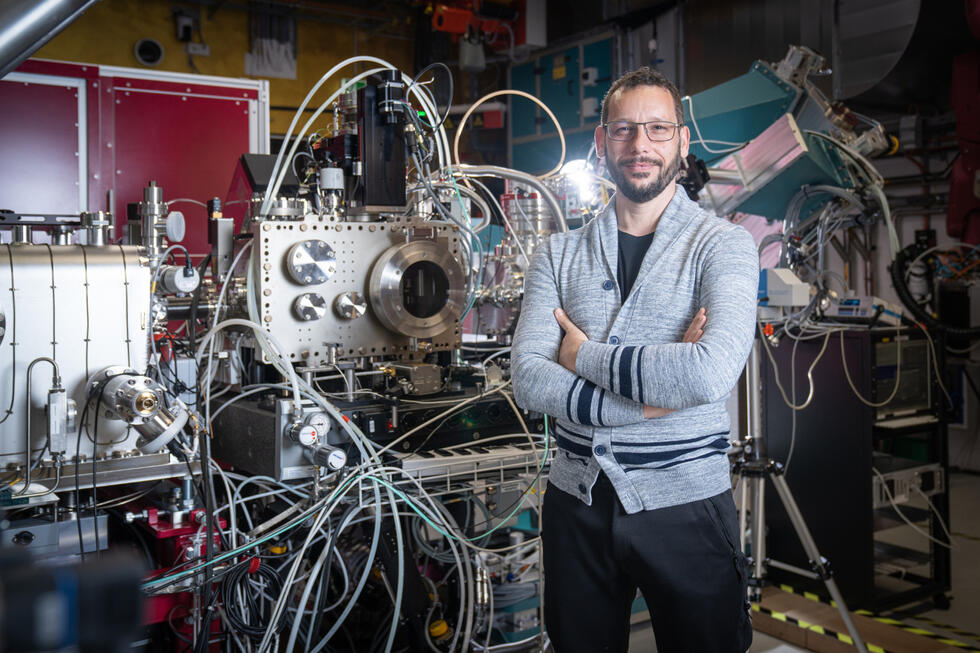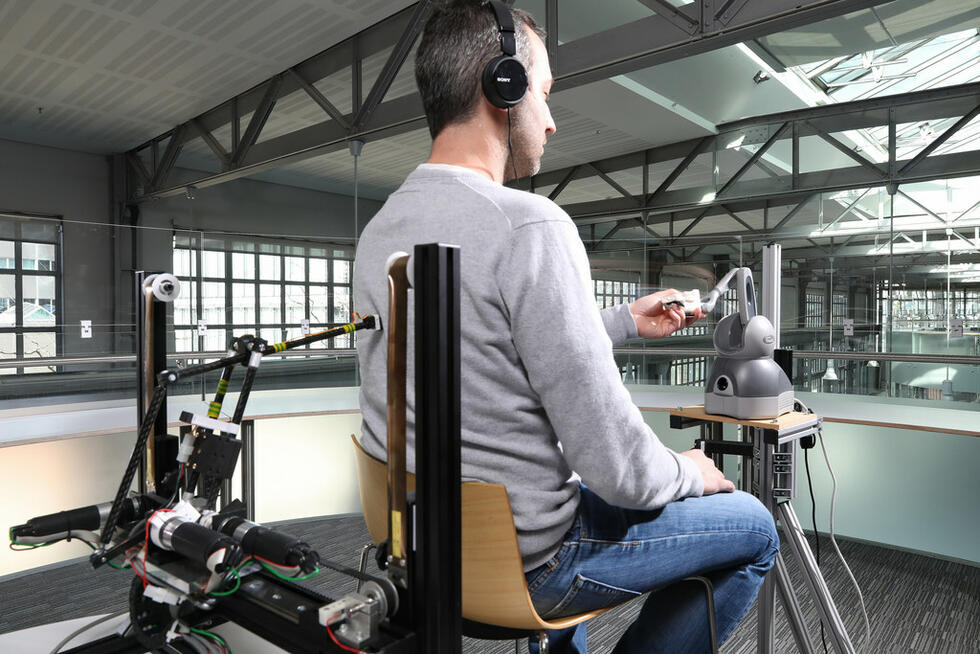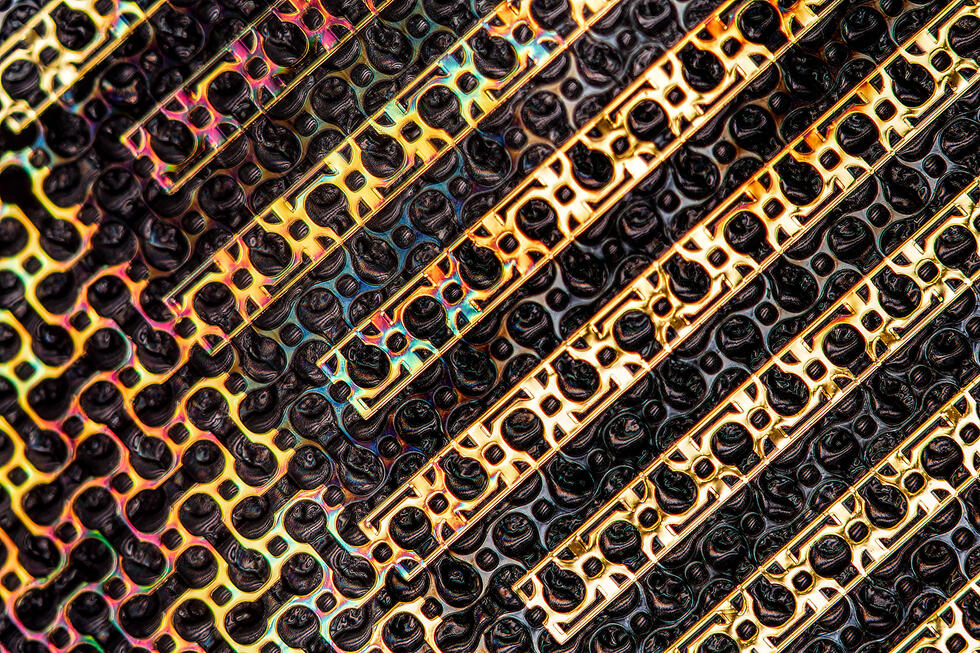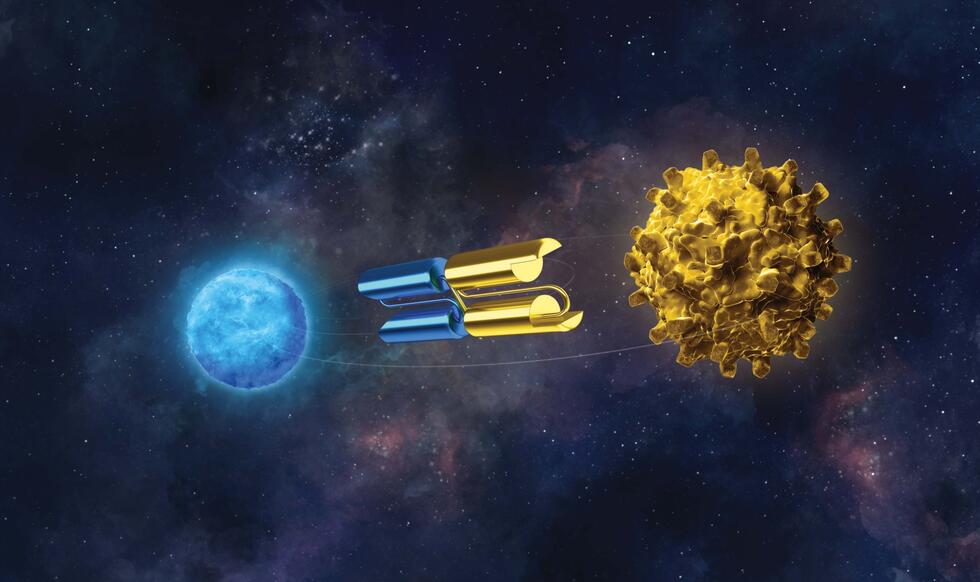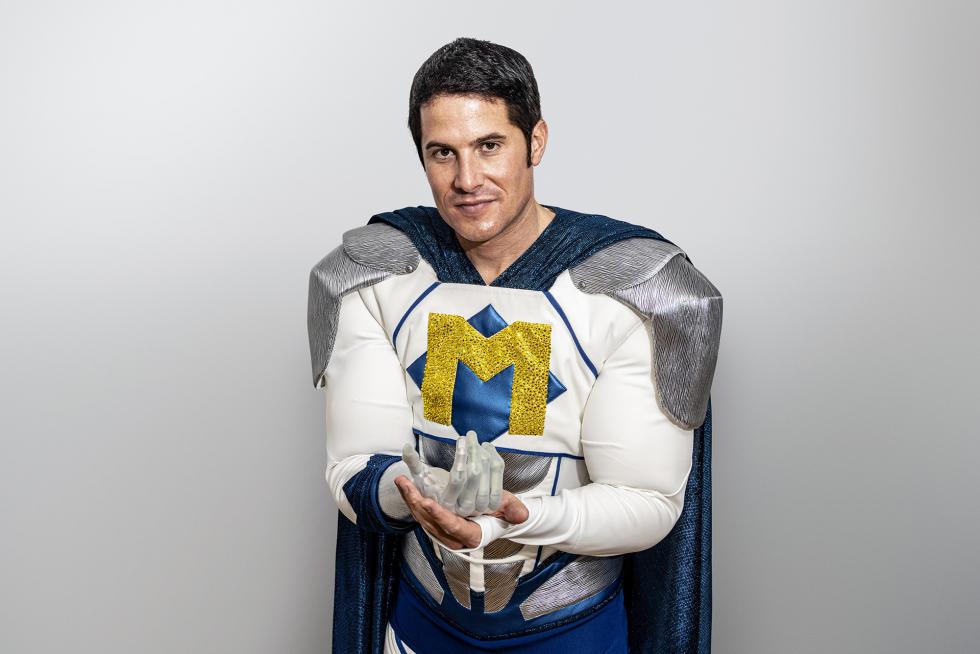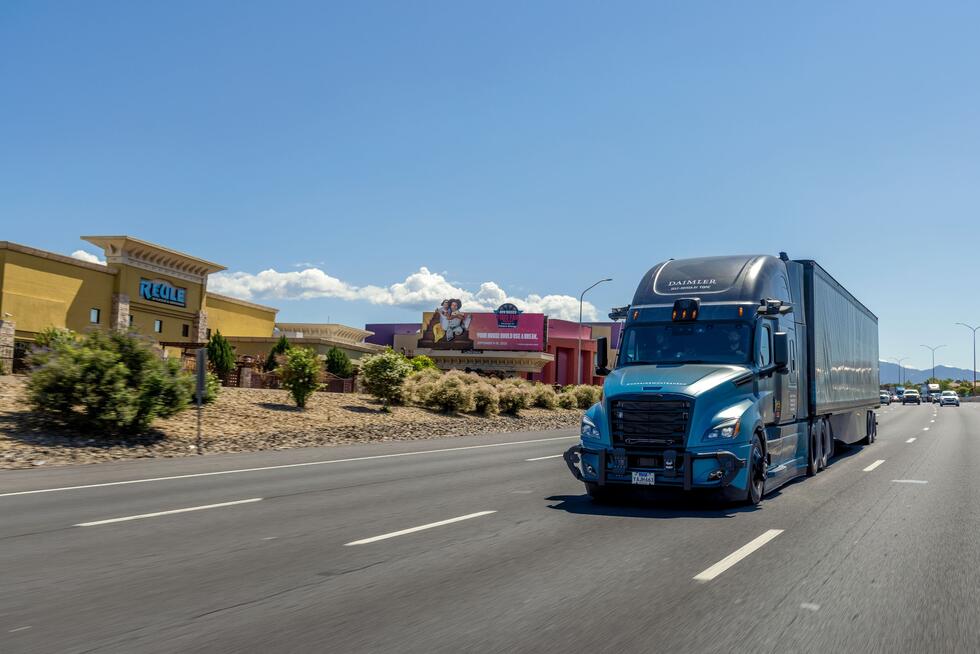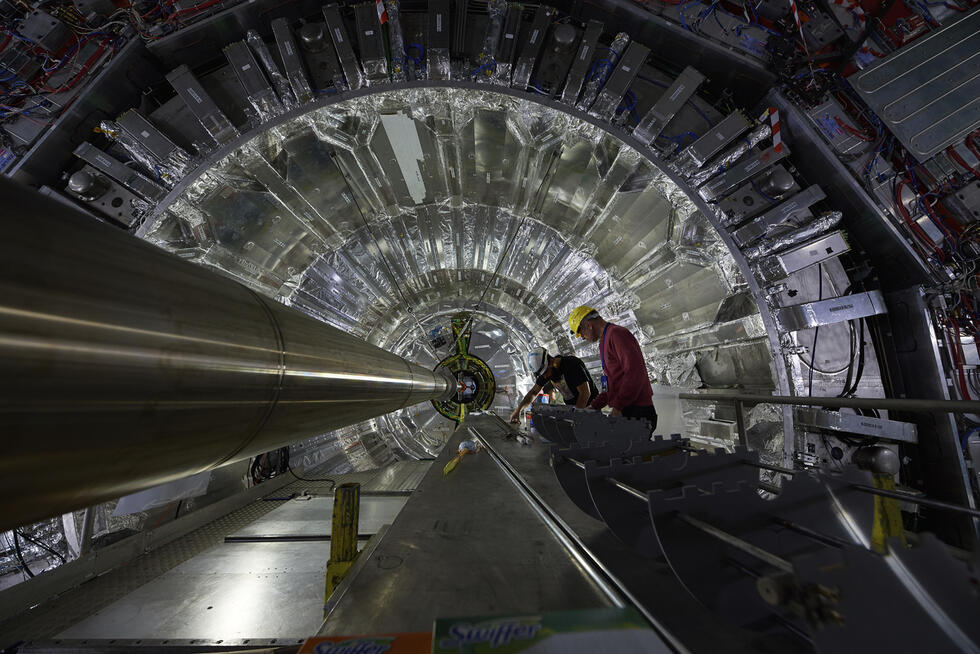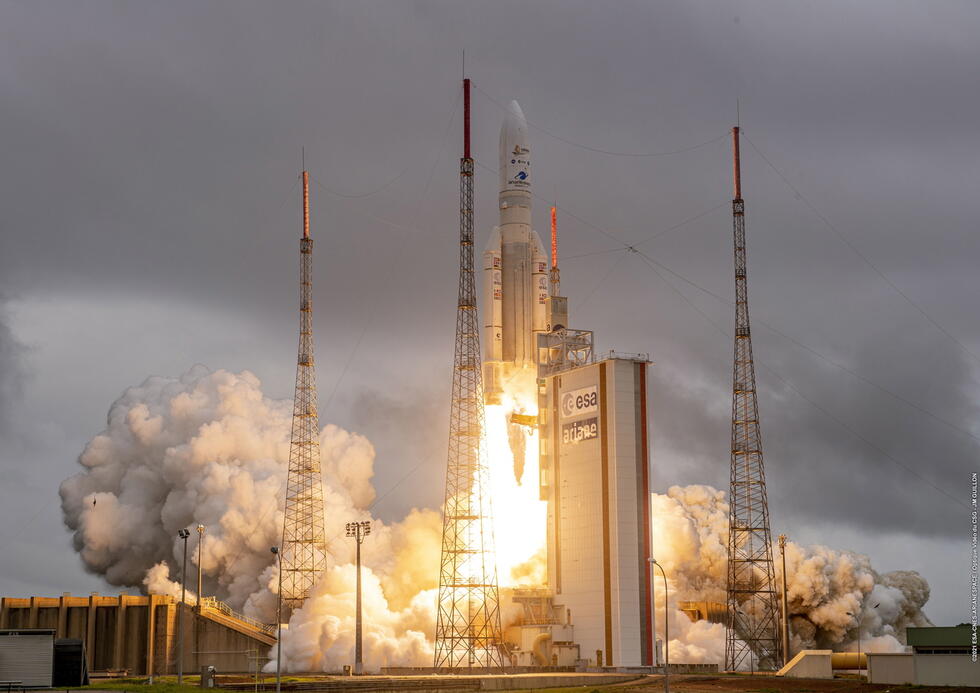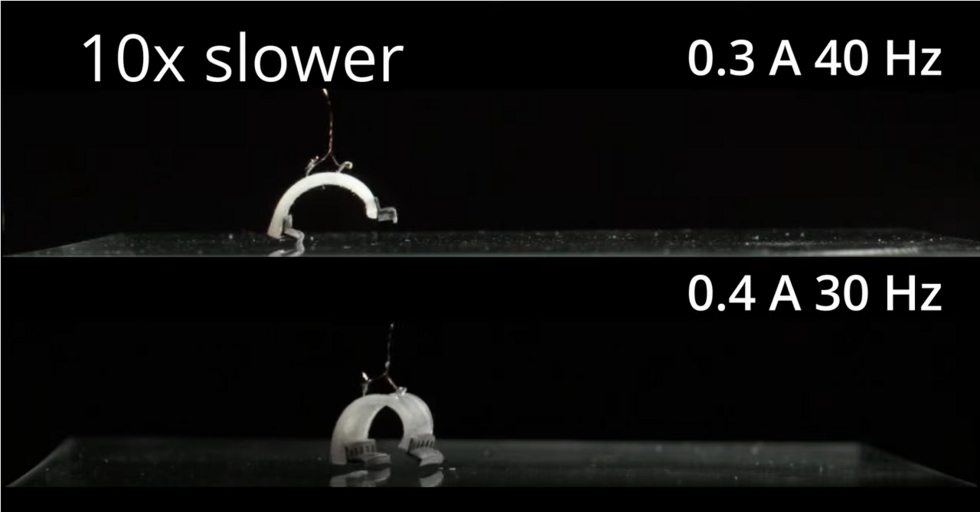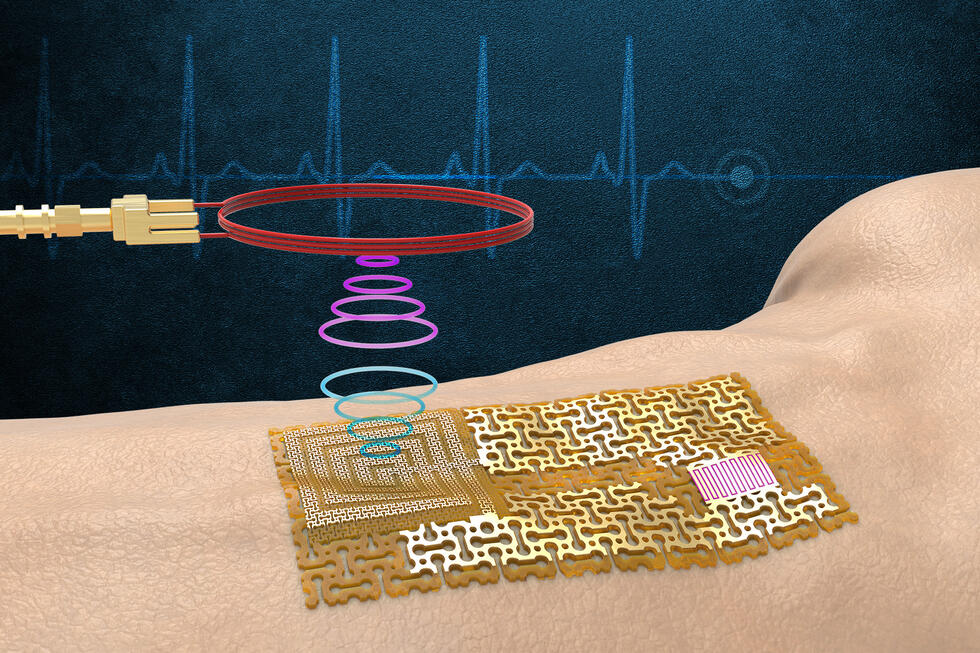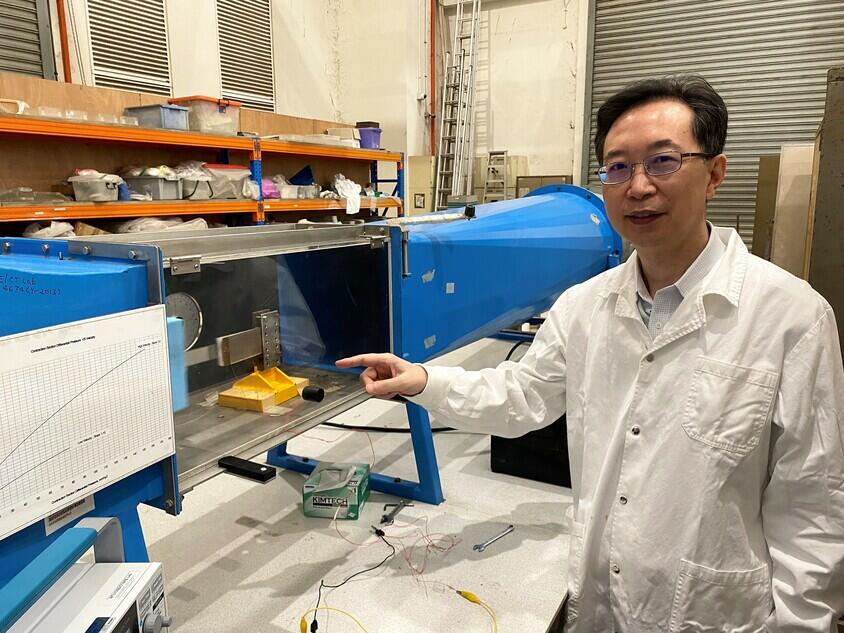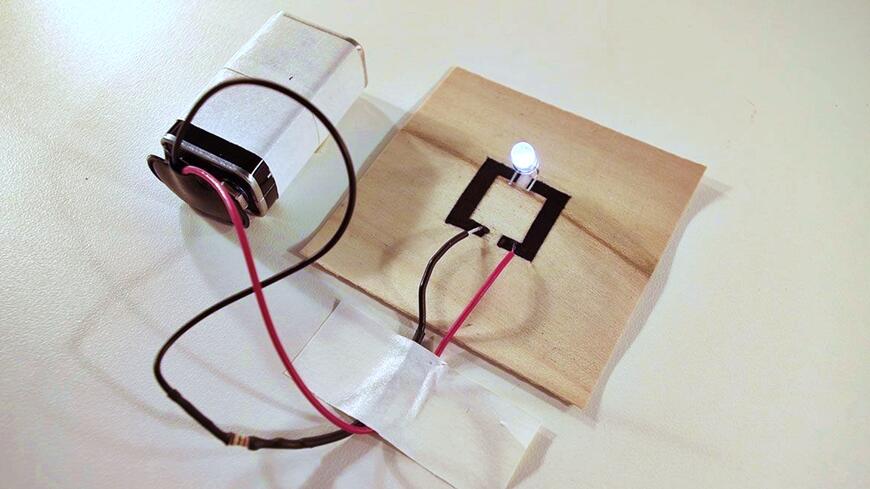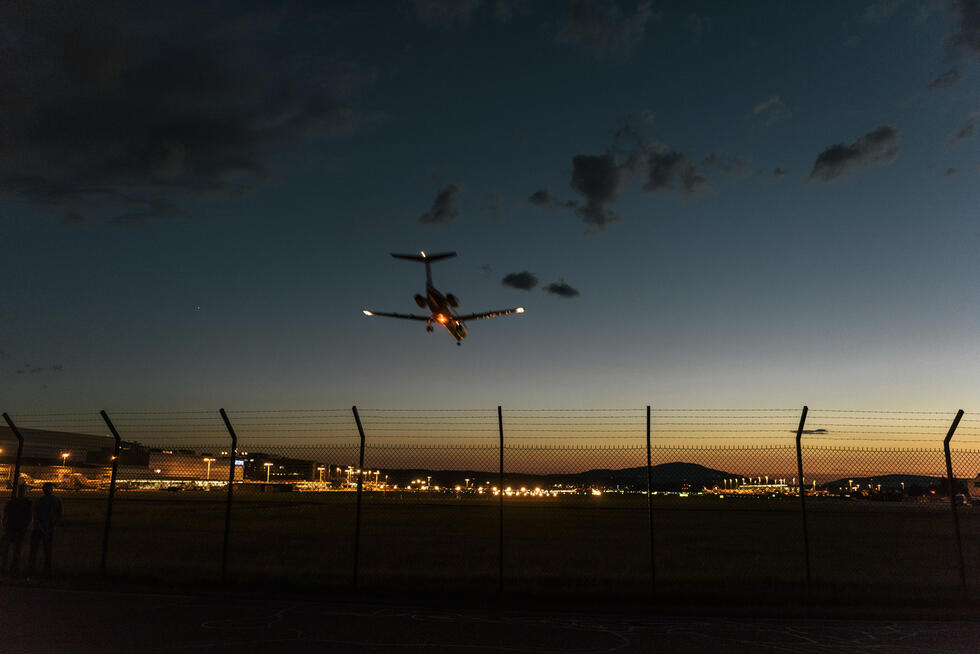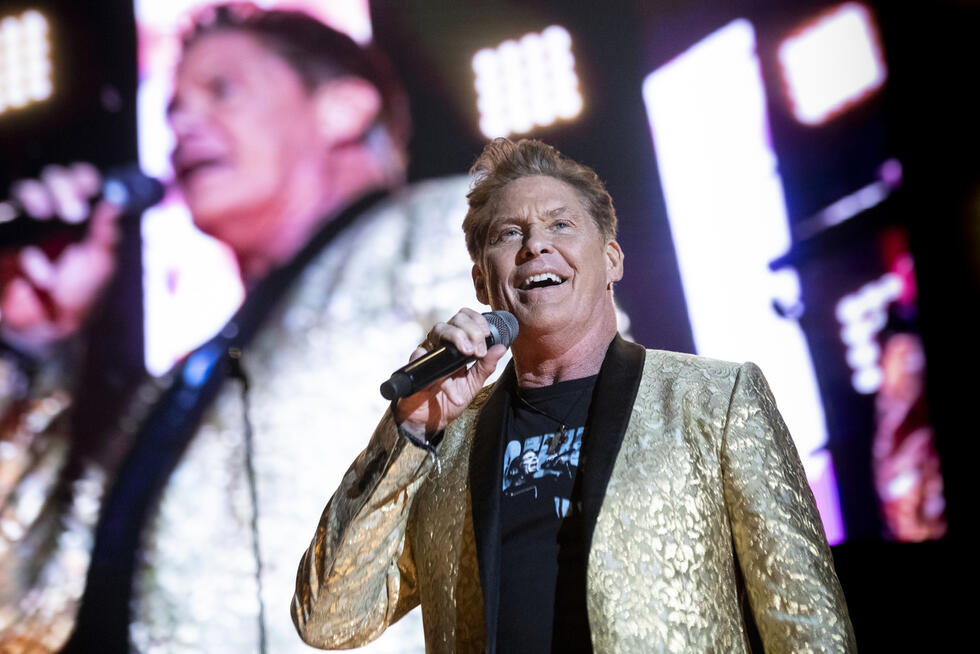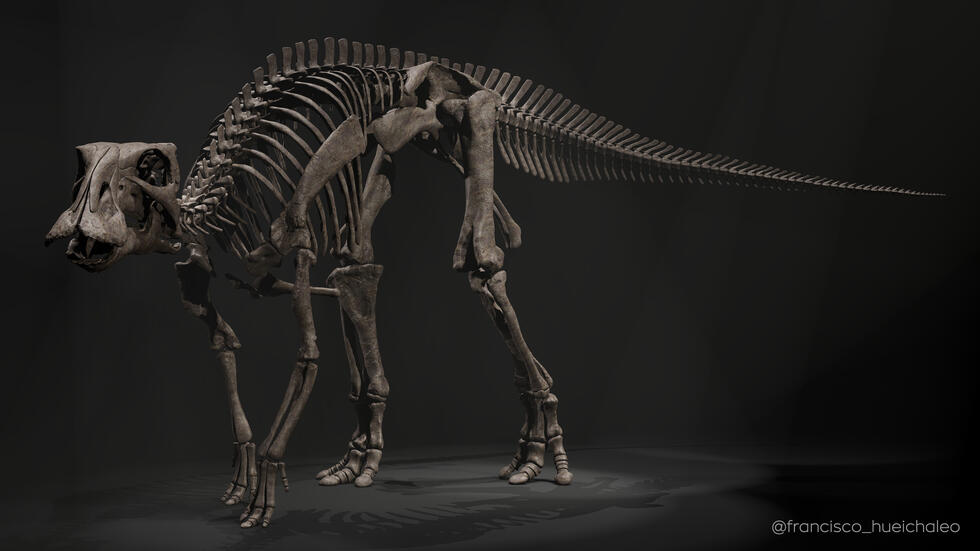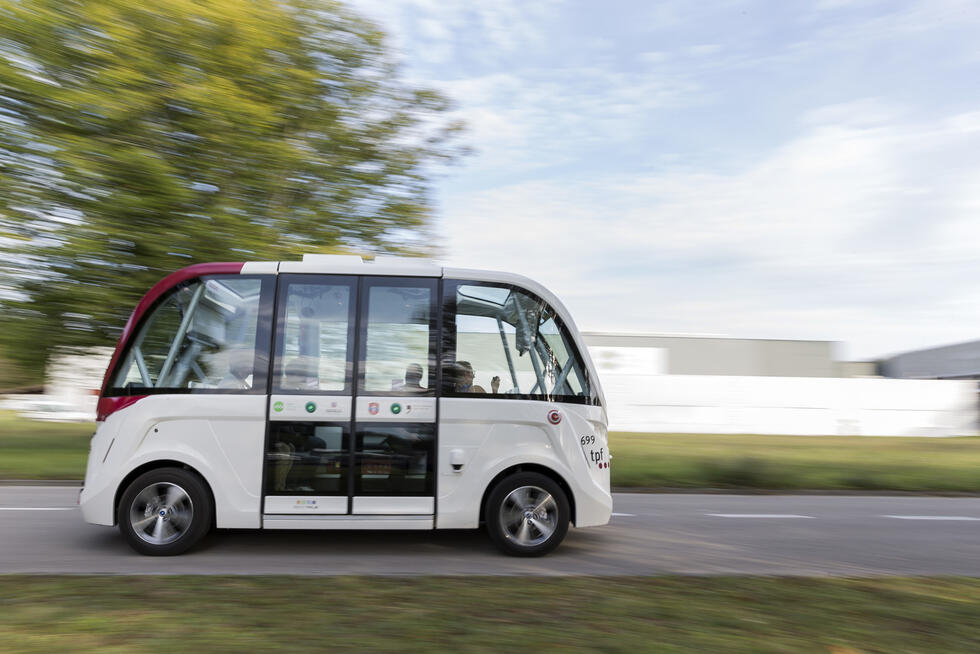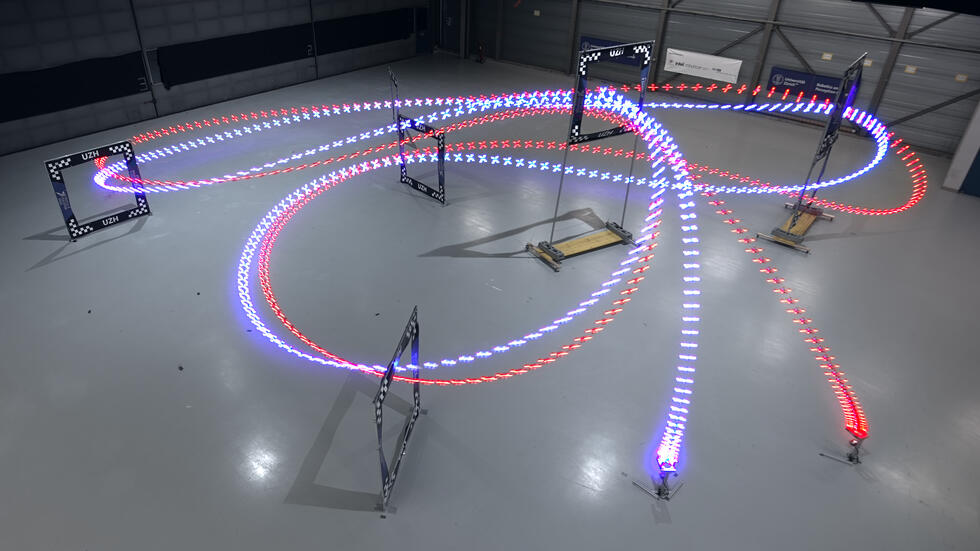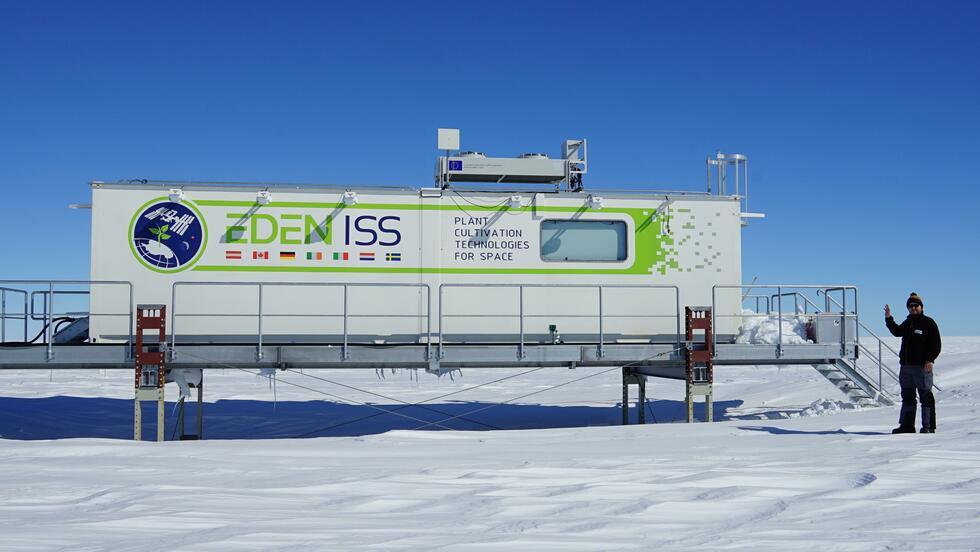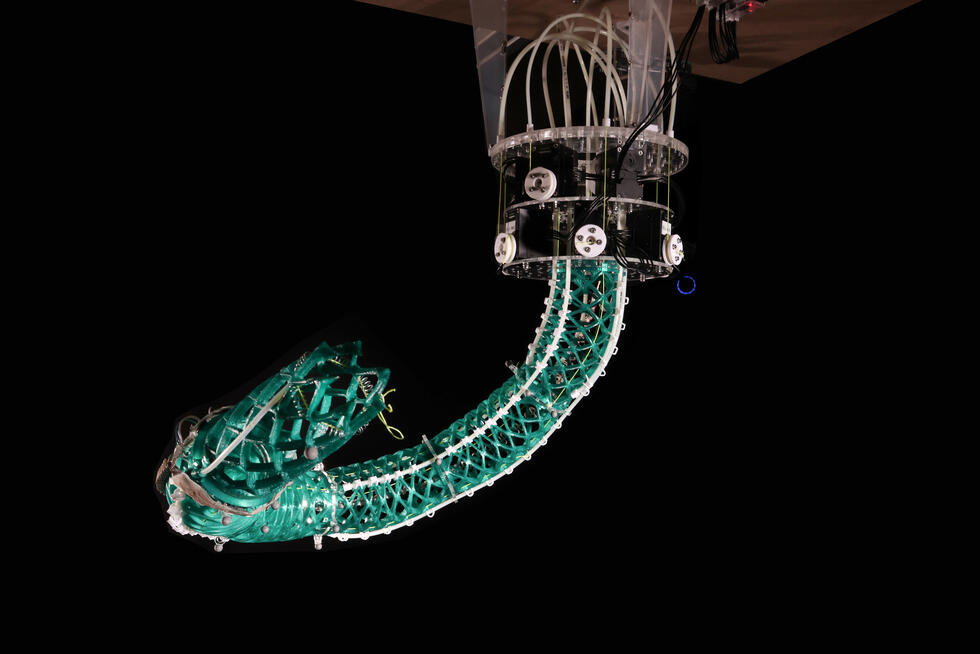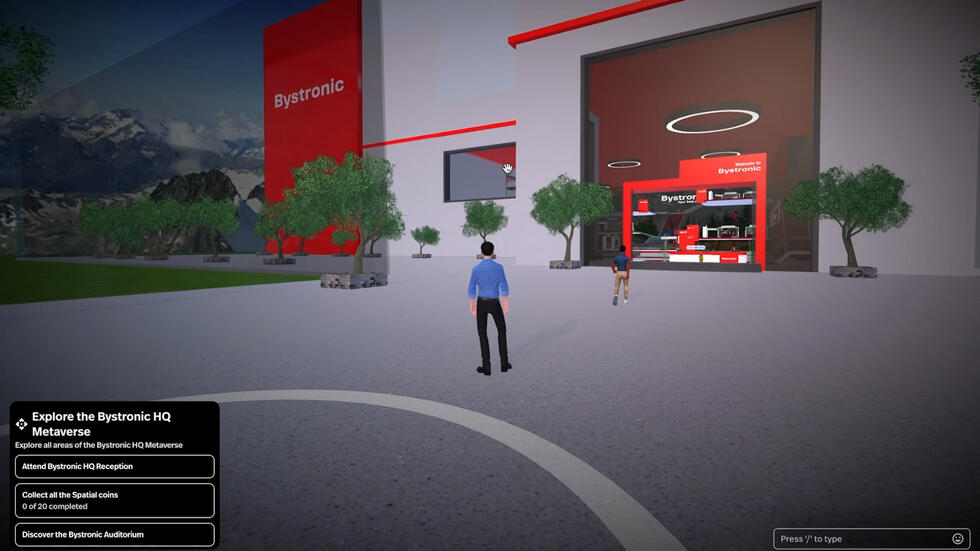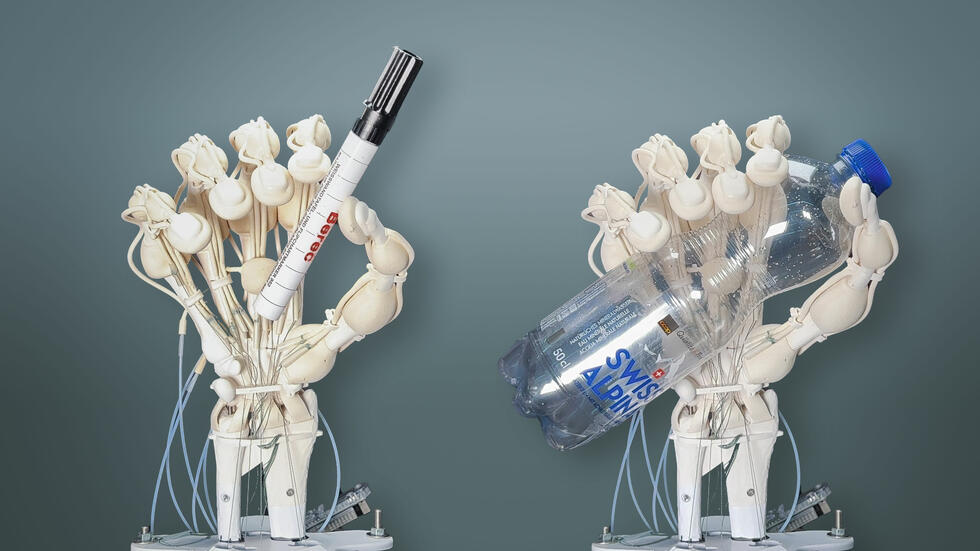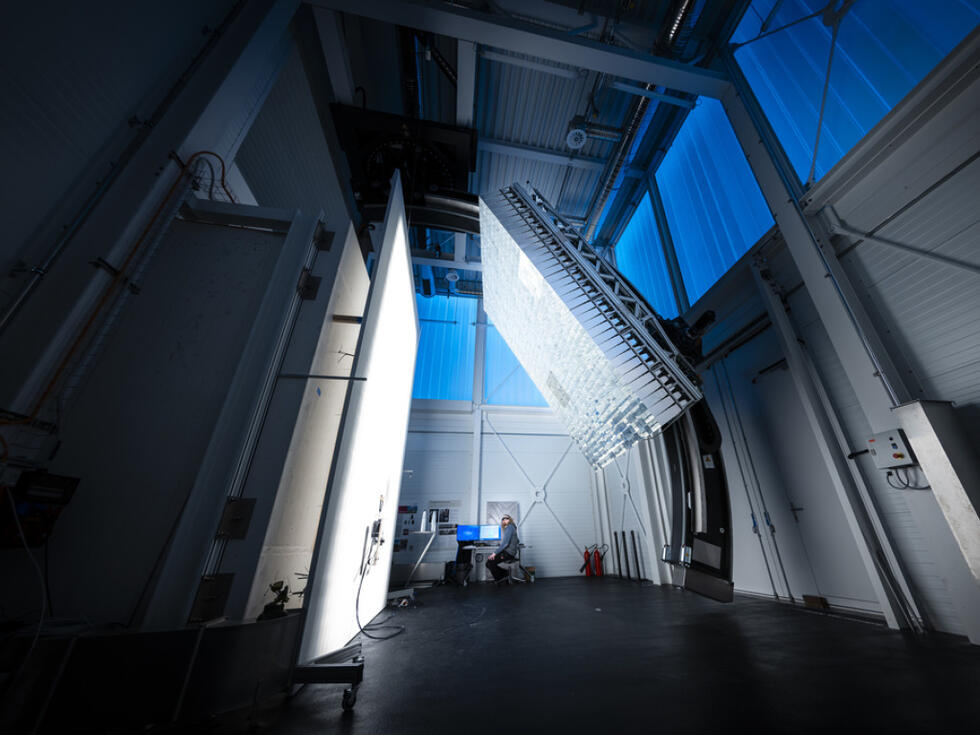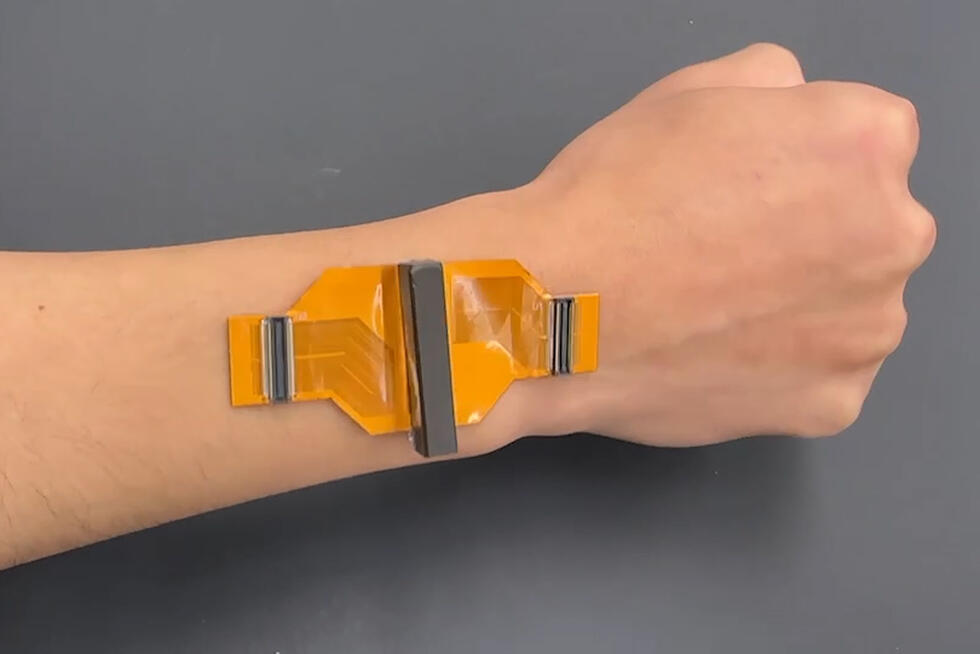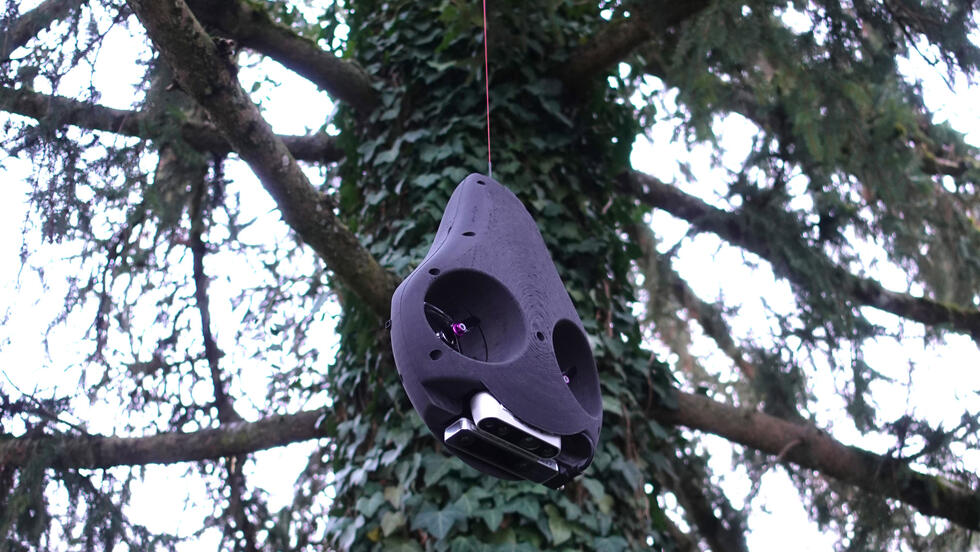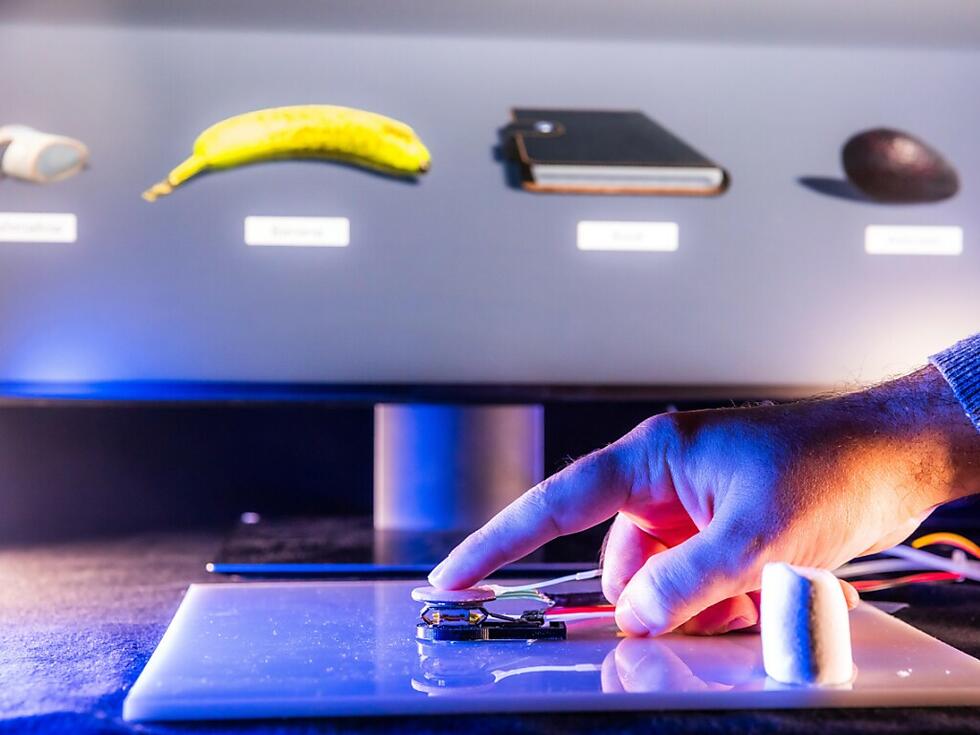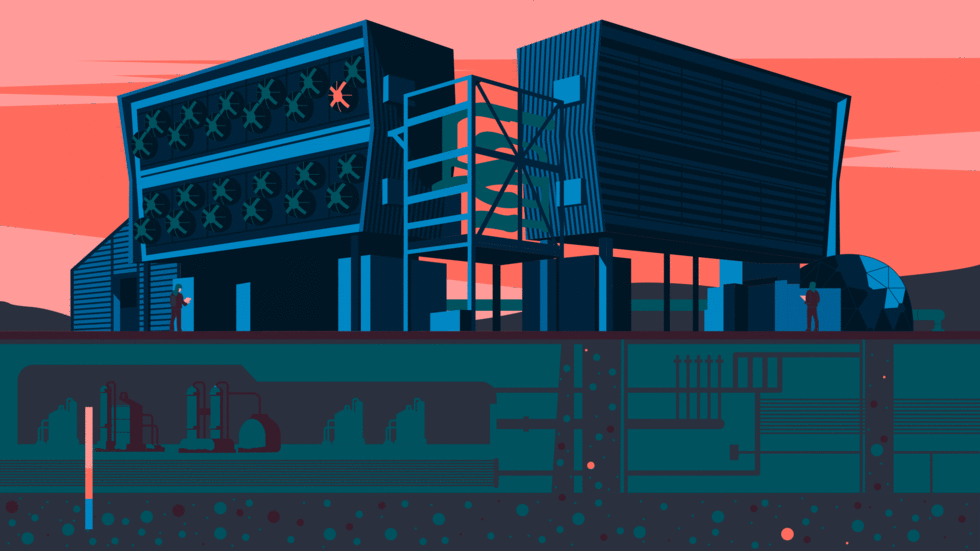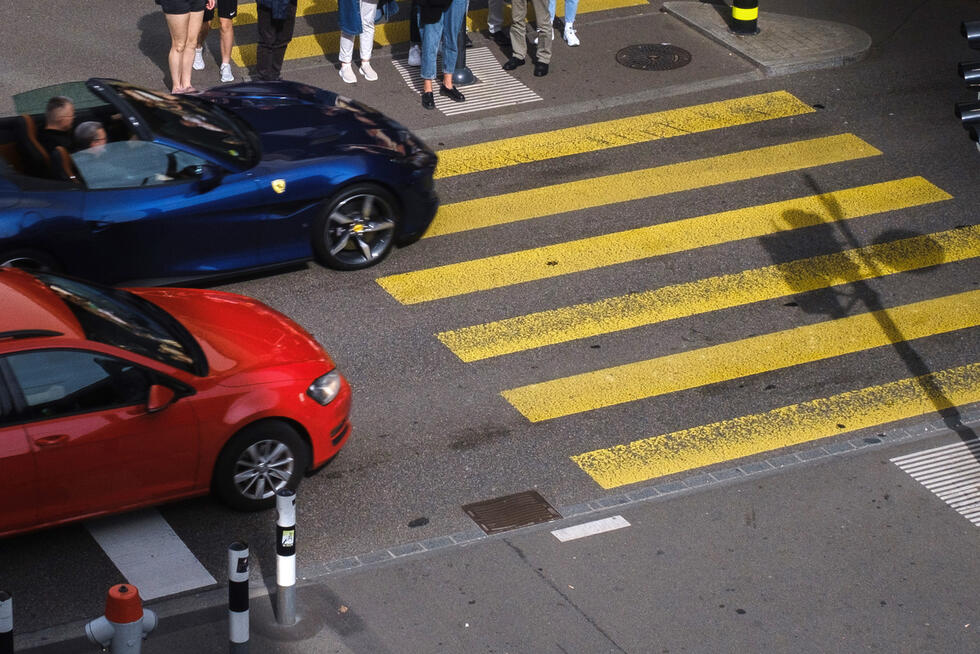Electric rockets on two wheels
They accelerate like no other vehicle, but not for long: electric motorcycles are not (yet) the hit they could be due to a lack of range. But the electric bullets do offer innovation.
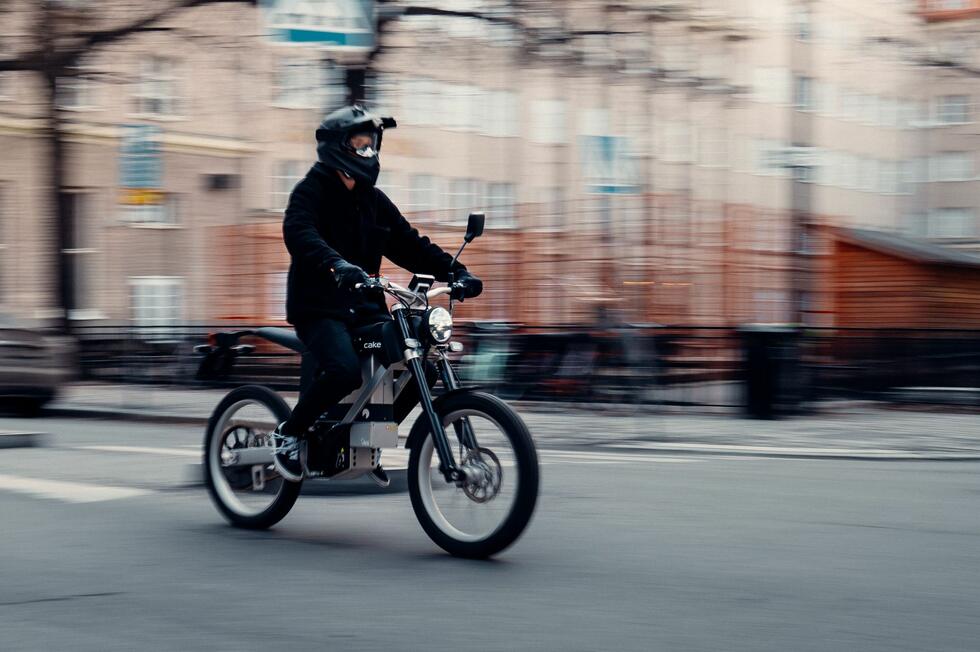
Actually, electric motorcycles should be the dream come true for all motorcyclists. There's hardly any other vehicle that can take speed freaks from zero to a hundred so quickly - no other vehicle can achieve similar acceleration out of a curve. However, the defensive reflexes are also at zero to one hundred in no time when reports about e-motorcycles are published: The online comment columns are usually filled to the brim with malice, rejection, and sometimes even pure hatred.
While around 17,000 electric motorcycles were registered in Switzerland in 2021, the number rose by 3,000 to just over 20,000 in 2022.
Despite all the nastiness, however, electric motorcycles are slowly gaining momentum. The pressure to replace fossil engines with alternative drive systems is growing, and CO2-neutral mobility will soon be mandatory for motorcycles as well. Meanwhile, a small door remains open for rattling internal combustion engines. But more on that later.
While around 17,000 electric motorcycles were registered in Switzerland in 2021, the number rose by 3,000 to just over 20,000 in 2022. Compared to the nearly 800,000 motorcycles registered in Switzerland, the number is vanishingly small, but major motorcycle manufacturers such as Ducati, BMW and KTM are now also launching electric motorcycles on the market.
Playing field for visionaries
So although the big players in the market are getting excited, the domain of e-bikes currently still belongs primarily to tinkerers, engineers, visionaries and perhaps a little bit of the crazy. Guys like Swiss tinkerer Peter Fässler, for example. Without having a motorcycle license, he built an electric chopper out of pure fascination for shapes and technology in his workshop in Unteriberg in central Switzerland. Single-handedly, he has created a bike that goes off like a firework rocket with 743 Newton meters on the rear wheel and leaves pretty much every other street machine standing. All you hear is a high-pitched whirring. Whether it's the radiator grille, the sheet metal or the design of the brake lights, Fässler designed everything himself and even soldered the battery cells together himself and developed his own battery management system. Last year, the inventor managed to get his motorcycle approved for the road and is now allowed to sell it in small series - at a unit price starting at 66,000 Swiss francs.
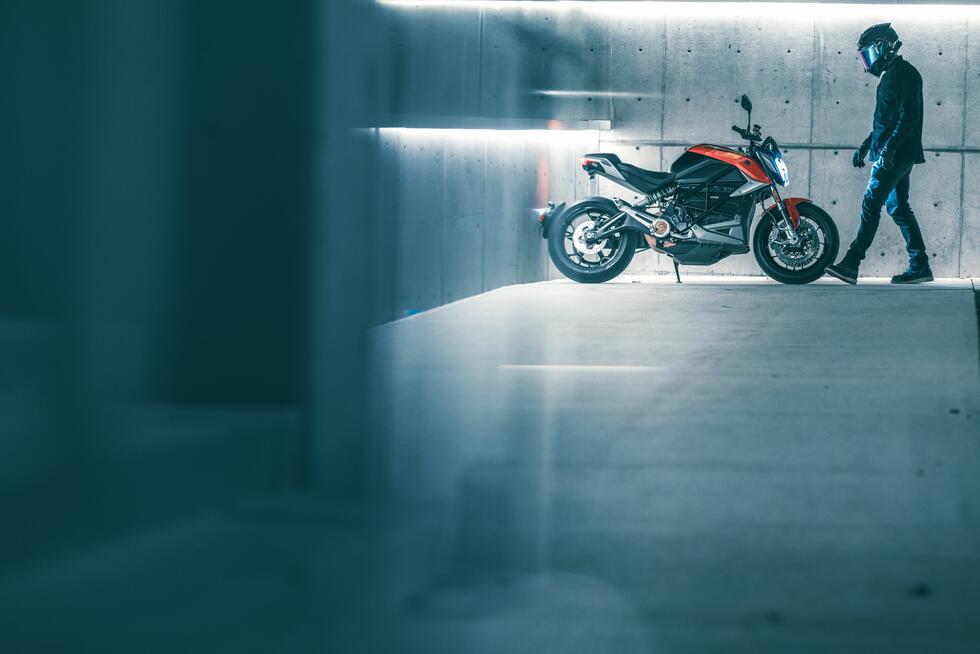
Pioneers like Fässler already existed more than a hundred years ago - and then again and again over the course of time. In 1895, the first two-wheeler with electric downforce was patented. In 1928, an electric motorcycle was presented that could travel 30 kilometers, and in the 1940s, the first electric scooters with a speed of 30 km/h and a range of 50 kilometers were developed. But as the world turned its attention to ever more powerful and efficient internal combustion engines, electric motorcycle concepts disappeared into the drawer.
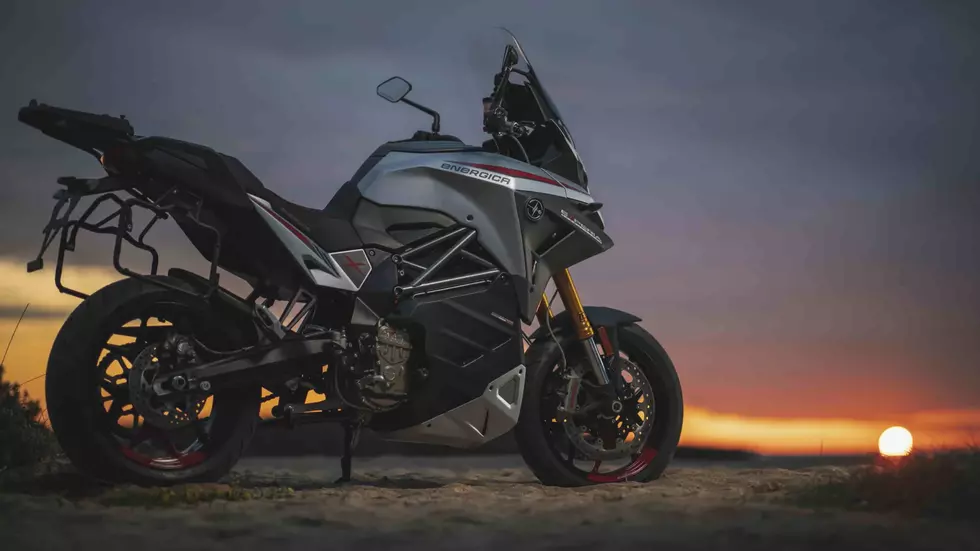
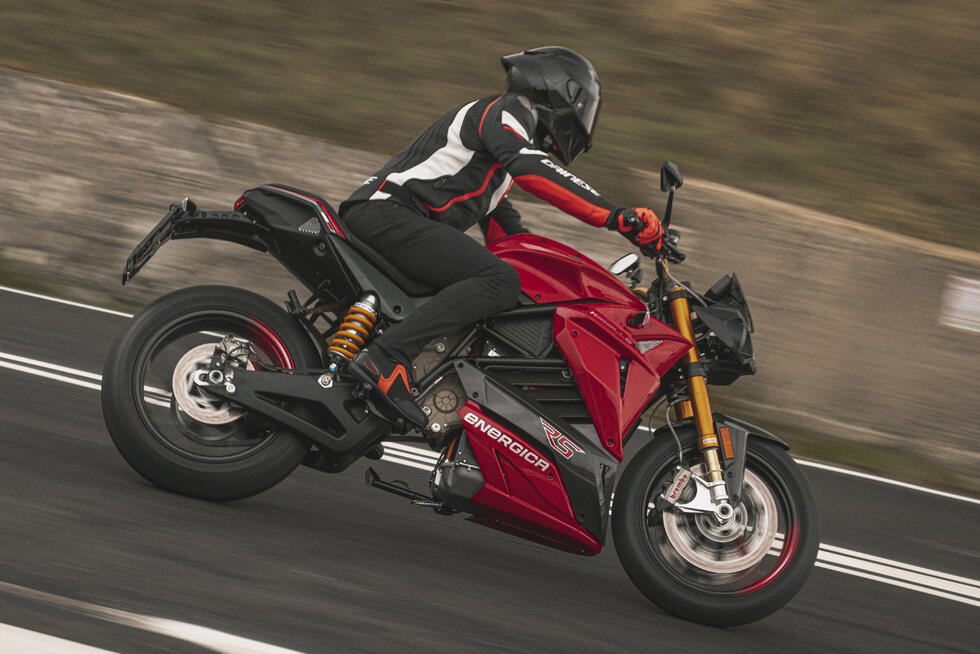
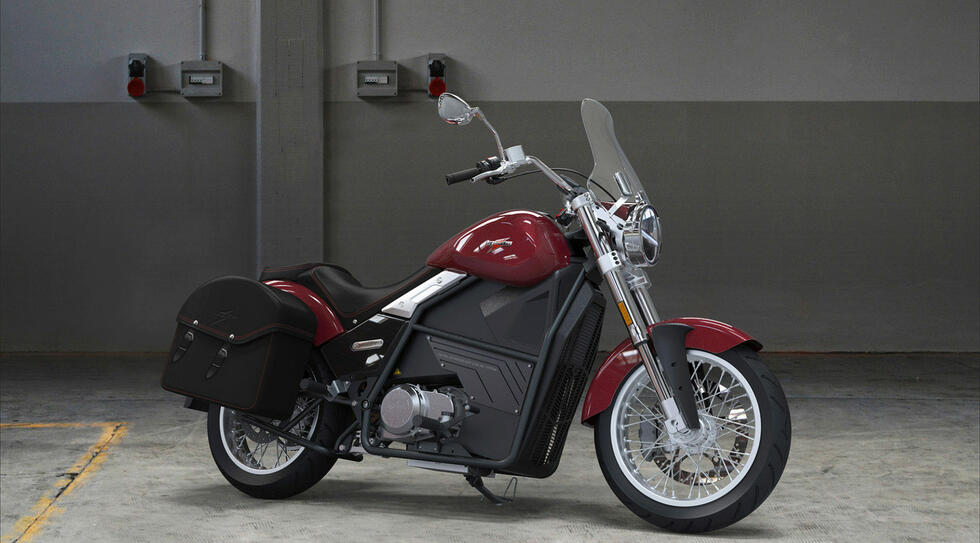
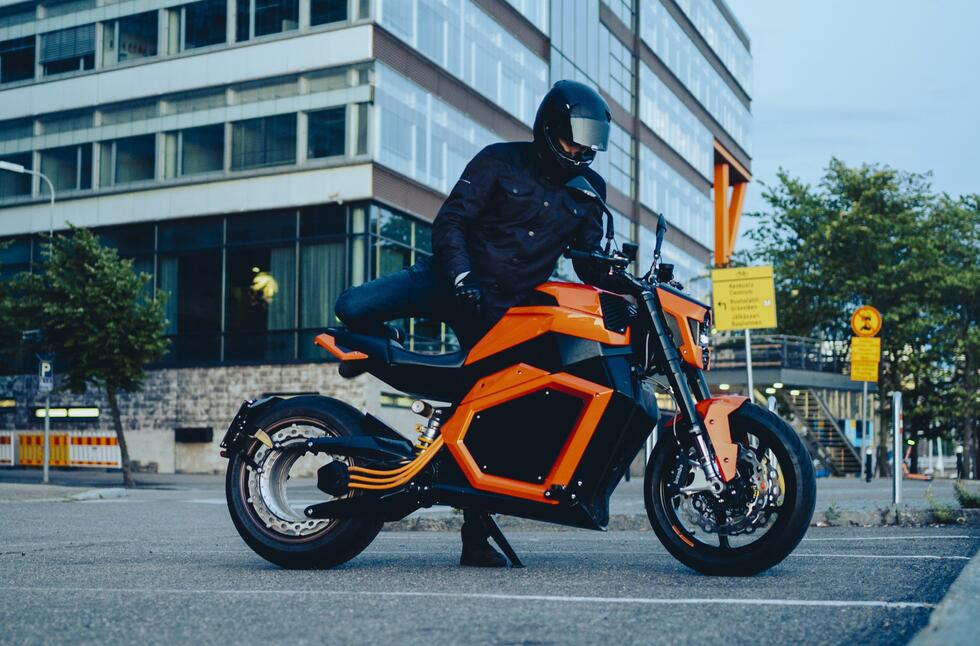
It was not until the 21st century that they were raised again. As a pioneer, the U.S. company Zero Motorcycles, founded three years earlier, attracted attention in 2009 with its "Supermoto Zero S" road bike. At the same time, the motorcycle manufacturer launched the electric motocross machine "Zero MX" as well as the mixed form "Zero Dualsport" for off-road and street use. Zero is now one of the most important suppliers of electric motorcycles.
Manufacturers specializing in e-bikes, such as Energica, Tacita or RGNT Motorcycles, on the other hand, rely on classic naked bike and retro design, as do BWM, Harley-Davidson, Ducati and KTM.
While Zero motorcycles tend to follow the look of classic bikes, there are virtually no limits to the imagination and technical design creativity. The Finnish company Verge Motorcycles, for example, has launched the Verge TS, a motorcycle that does without a rear axle. The bike looks like a donut, with nothing but air in the middle. It is powered by a ring-shaped electric motor that catapults the bike to 100 km/h in four seconds. The Swedish company Cake, on the other hand, has developed a bike that makes architects' hearts beat faster: With its spartan, geometrically angular appearance, it looks like a design molasses on two wheels. Austrian Johann Hammerschmied has taken even more liberties: With its retro-futuristic appearance, the Johammer J1.150 looks like it's straight out of a Fritz Lang movie. Manufacturers specializing in e-bikes, such as Energica, Tacita or RGNT Motorcycles, on the other hand, rely on classic naked bike and retro design, as do BWM, Harley-Davidson, Ducati and KTM.
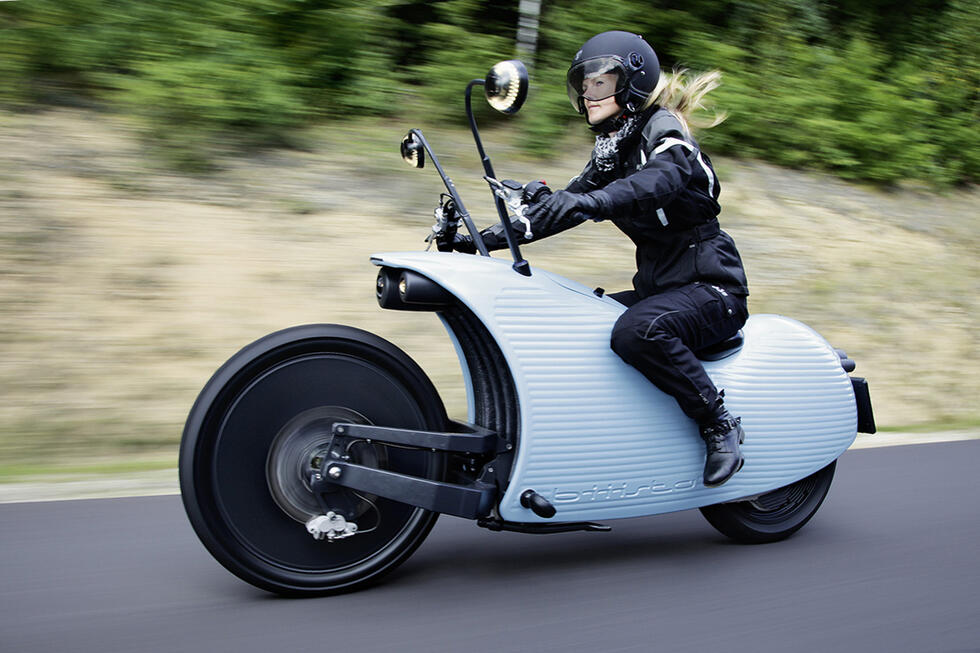
Cheating on range
Electric drives are given additional elegance by the simplicity of their design. While fossil-fuel drives consist of thousands of moving parts and require regular maintenance, electric motors are simpler in design and largely error- and service-free. The bike is driven either by a belt or a direct drive, and you won't find an exhaust on an e-motorcycle. This brings down maintenance costs.
An electric motorcycle can only cover this distance under ideal conditions and at a constant speed of 50 Km/h.
As visually exciting as the new types of motorcycles are, they all suffer from three teething troubles: lack of range, slow charging times and high price. The biggest chock on the wheel of electric motorcycles is the lithium-ion battery with its idiosyncrasies. Every kilometer of range demands more capacity and thus more size and weight. While batteries for electric cars offer a capacity of between 50 and 100 kilowatt hours - and thus ranges of more than 400 kilometers - they weigh up to 500 kilograms. Much too much for a motorcycle. The power sources for e-motorcycles therefore currently achieve a capacity of just over 20 kWh. Manufacturers such as Ducati and Energica promise ranges of over 400 kilometers. But they are cheating here: an electric motorcycle can only cover this distance under ideal conditions and at a constant speed of 50 Km/h. In fact, an average value of around 150 kilometers applies to most models. That's not enough to blast up mountain passes or go on extended tours. Also, most batteries are not designed for fast charging - a few hours of charging time have to be accepted.
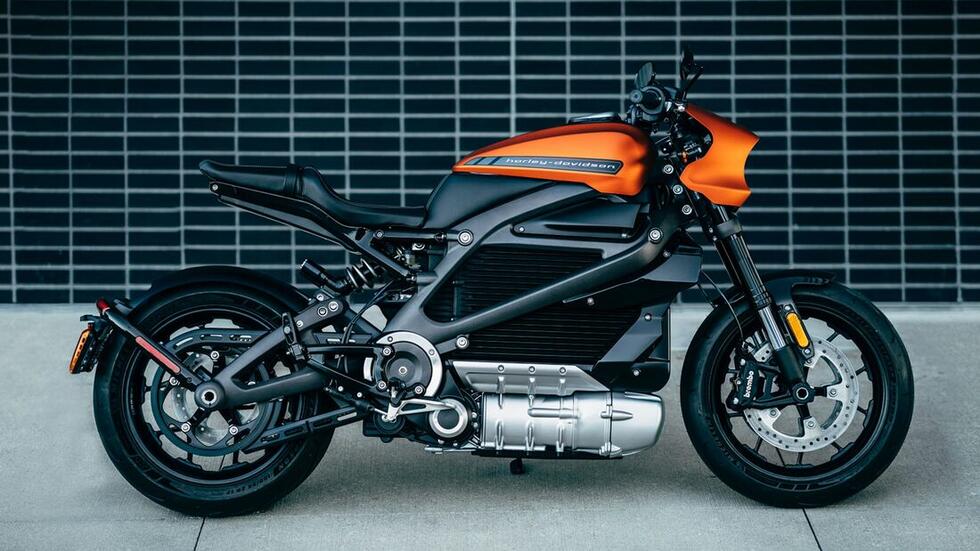
However, a remedy is currently rolling out in terms of range. The EVA from the Italian electric motorcycle pioneer Energica Motor Company, for example, has a recuperation system that converts braking power back into electricity. A project by ETH Zurich called ethec city, which was presented in 2020, also promises hope: ten students have developed the first all-wheel electric motorcycle in which the front wheel is also driven by a hub motor. The highlight: 75 percent of the braking energy in motorcycles is provided by the front wheel - an energy that can be recovered by means of recuperation. The prototype of the ETH bike with a capacity of 15kWh should thus create a real range of 315 kilometers. In addition, an oil cooling system was designed. It prevents the battery from overheating under hard use and increases its service life.
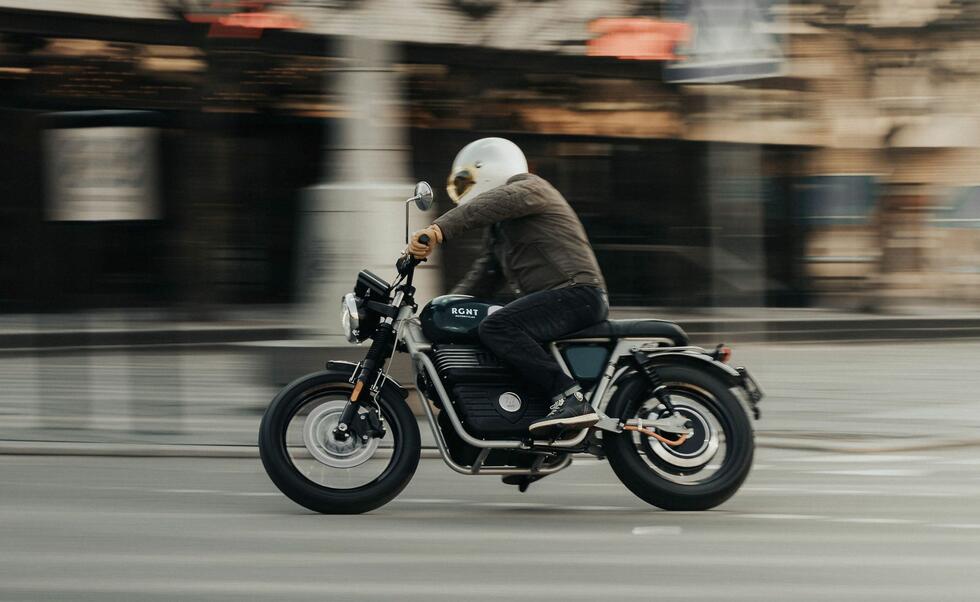
Synthetic fuels as a killer?
It remains to be seen whether electric drives will catch on with motorcycles. Although well-known giants like BMW, KTM and Harley Davidson are also launching large electric motorcycles, they are still viewed with too much skepticism to take off. Even Italian supersport bikes like the recently presented Ducati V21L with 150 hp and a maximum speed of 275 km/h or an Energica EVA with 109 hp and a torque of 200 Nm serve more for show than to be a serious competitor for the fossil-powered rattleboxes. Also because of the price: The fun starts at 10,000 Swiss francs, real power and halfway decent ranges are only available from around 25,000 Swiss francs.
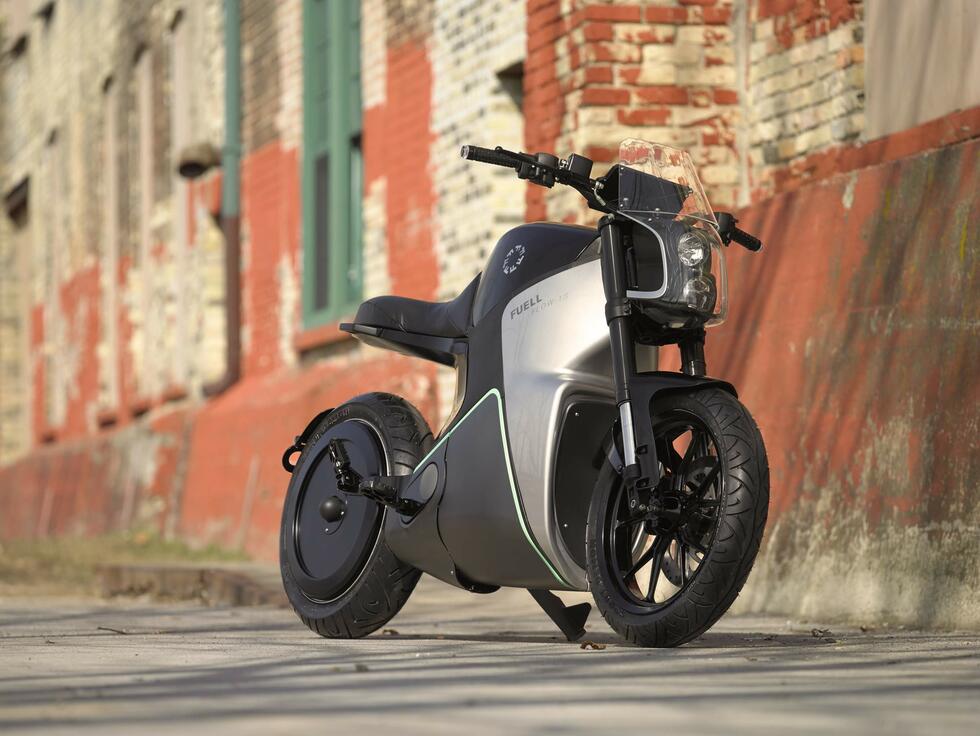
The situation is different for electric scooters, which are becoming increasingly established, especially in urban areas. A premature end for e-motorcycles could come not least from another corner. High-pressure research is being conducted on synthetic fuels derived from CO2 to replace gasoline. The drawbacks: The energy balance for producing synfuels looks bad, plus the low efficiency of internal combustion engines. The advantages: The engines can remain unchanged in the bikes and can continue to rattle loudly.
Written by: Jan Graber

